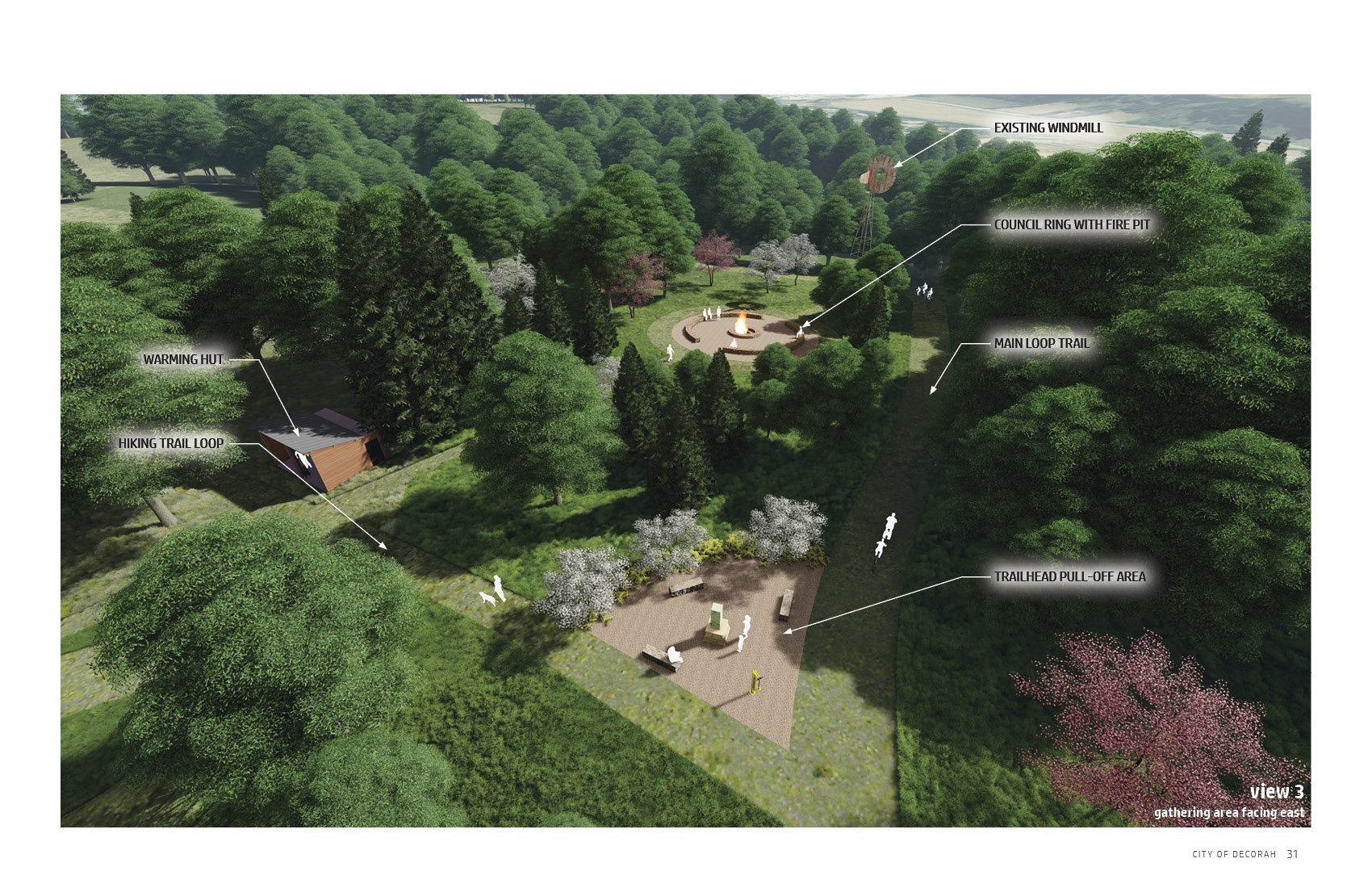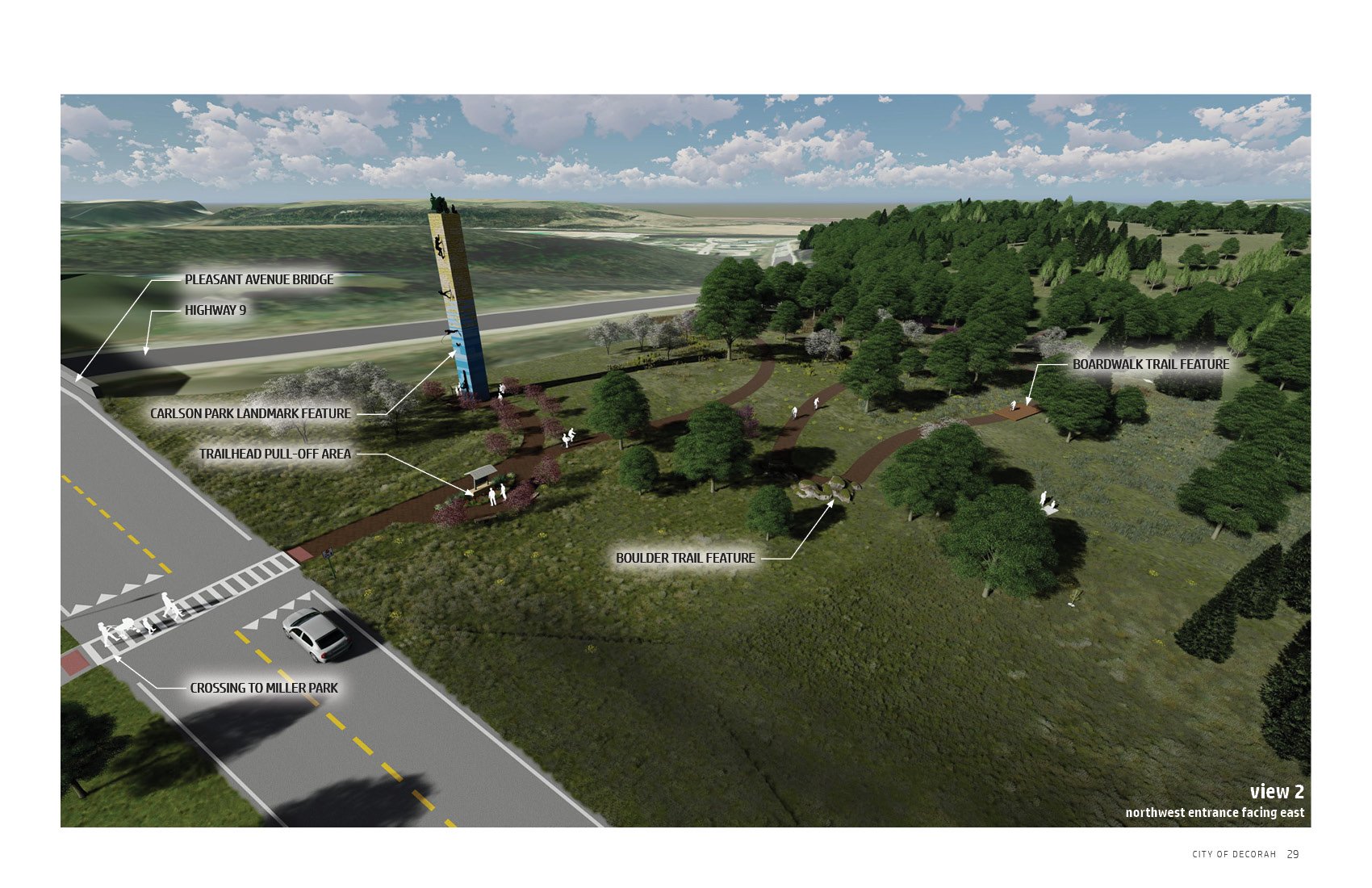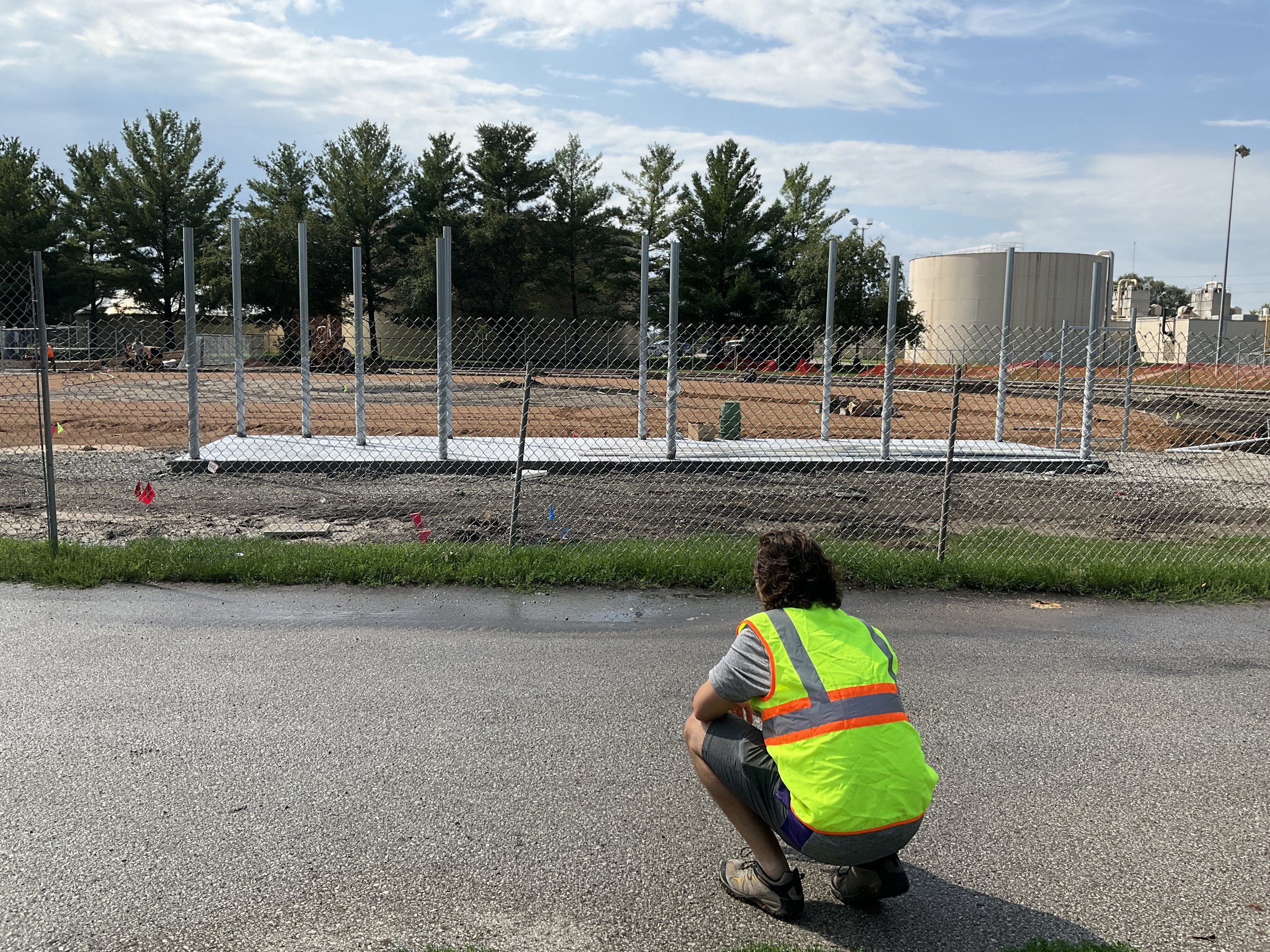Purgatory Creek Soils Assessment: Balancing Hydrology, Ecology, and Soil Management
/The Purgatory Creek Soils Assessment in San Marcos, Texas, was part of a larger flood mitigation and ecosystem restoration effort led by Lockwood, Andrews & Newnam, Inc. (LAN). The project sought to transform the Purgatory Creek corridor into both an improved flood channel and a revitalized public amenity, complete with a multi-use trail that would connect residents and visitors to nature. JBC was brought on board to provide soils expertise, assessing existing conditions and developing a plan to amend and manage soils throughout the lengthy creek corridor to support new plant communities.
JBC’s scope centered on evaluating the site’s native soils, determining their structure, composition, and suitability for reuse. The team then identified strategies to improve soil function both hydraulically and ecologically, ensuring it could withstand regular flooding while fostering robust plant growth. These soils would ultimately serve as the foundation for the restored creek corridor, designed to perform as both a resilient floodplain and a vibrant ecological and social landscape.
Photo credit: William L. Farr
One of the project’s major challenges was the site’s scale and complexity. The 15.2 acre creek corridor experienced frequent flooding, and portions were slated for widening to accommodate greater stormwater volume. This required careful choreography during construction, mapping where soils could be stripped, stockpiled, amended, and then redistributed efficiently across the site. JBC’s detailed recommendations helped guide this process, providing a clear roadmap for both designers and contractors.
Through this collaboration and assessment report, the project team established a stronger foundation for the success of the future landscape. JBC’s technical expertise in soil science ensured the design could balance hydrologic function with ecological health, turning a flood-prone corridor into a resilient, thriving space for both people and nature.
Photo credit: William L. Farr







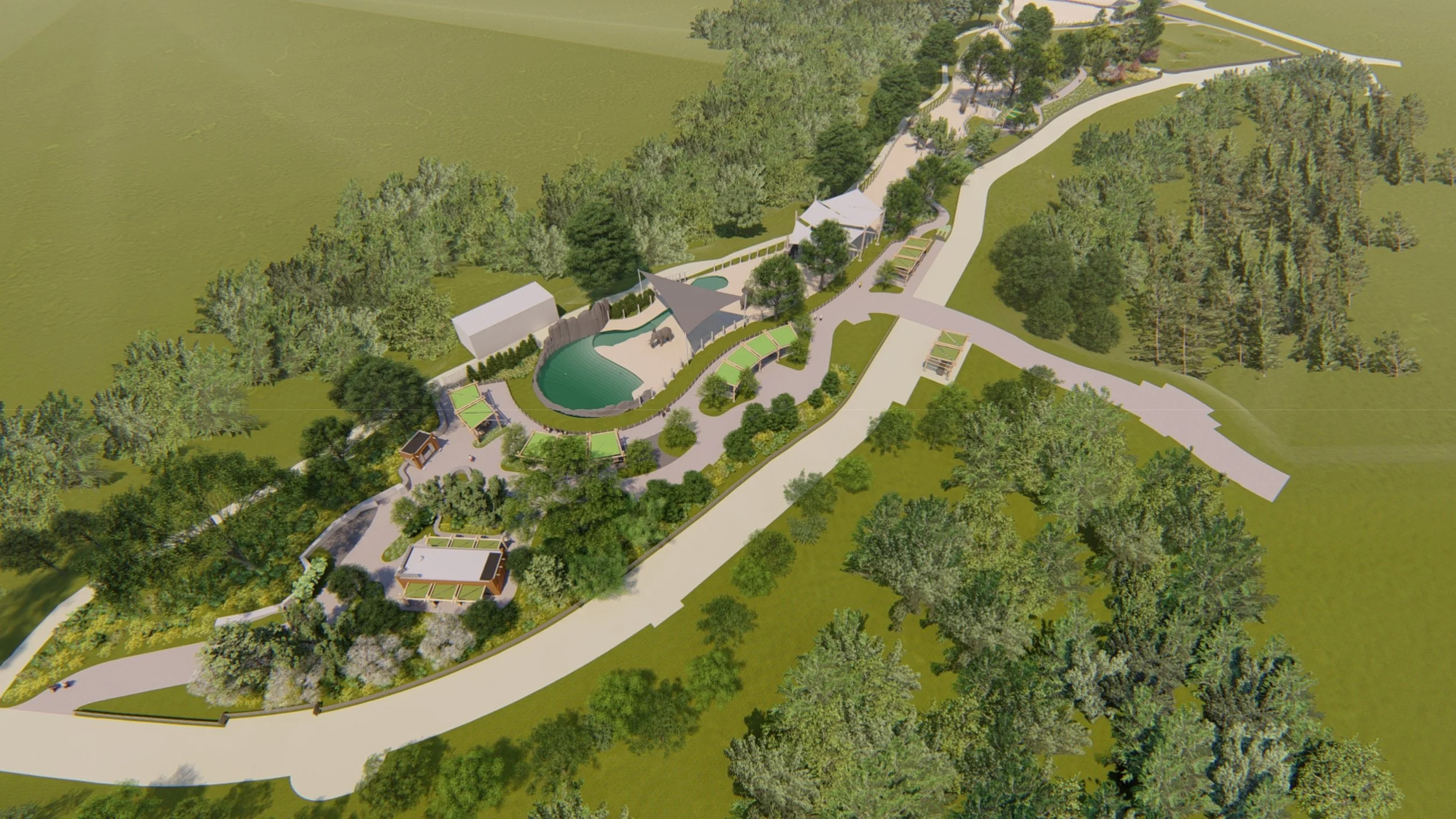



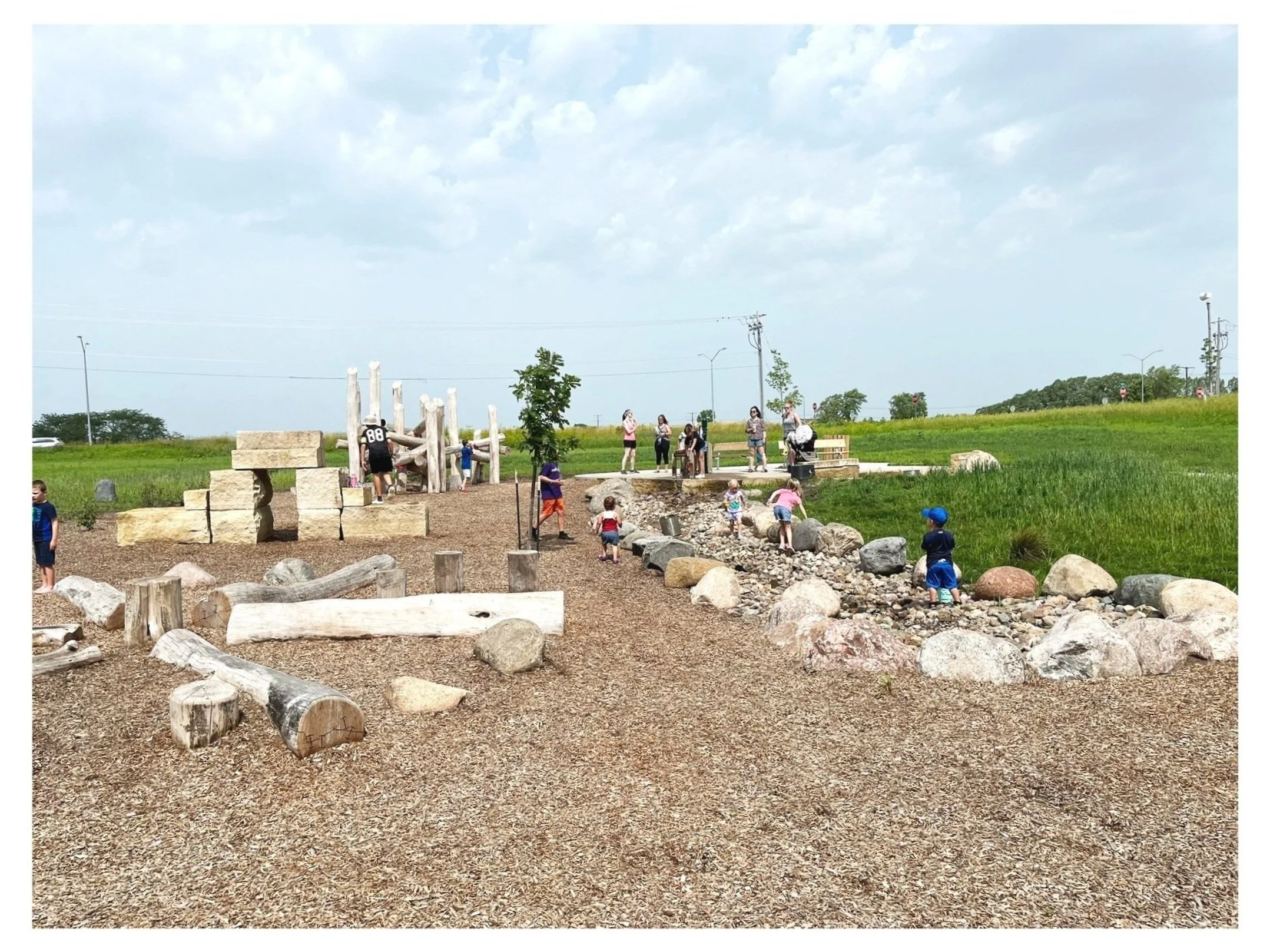


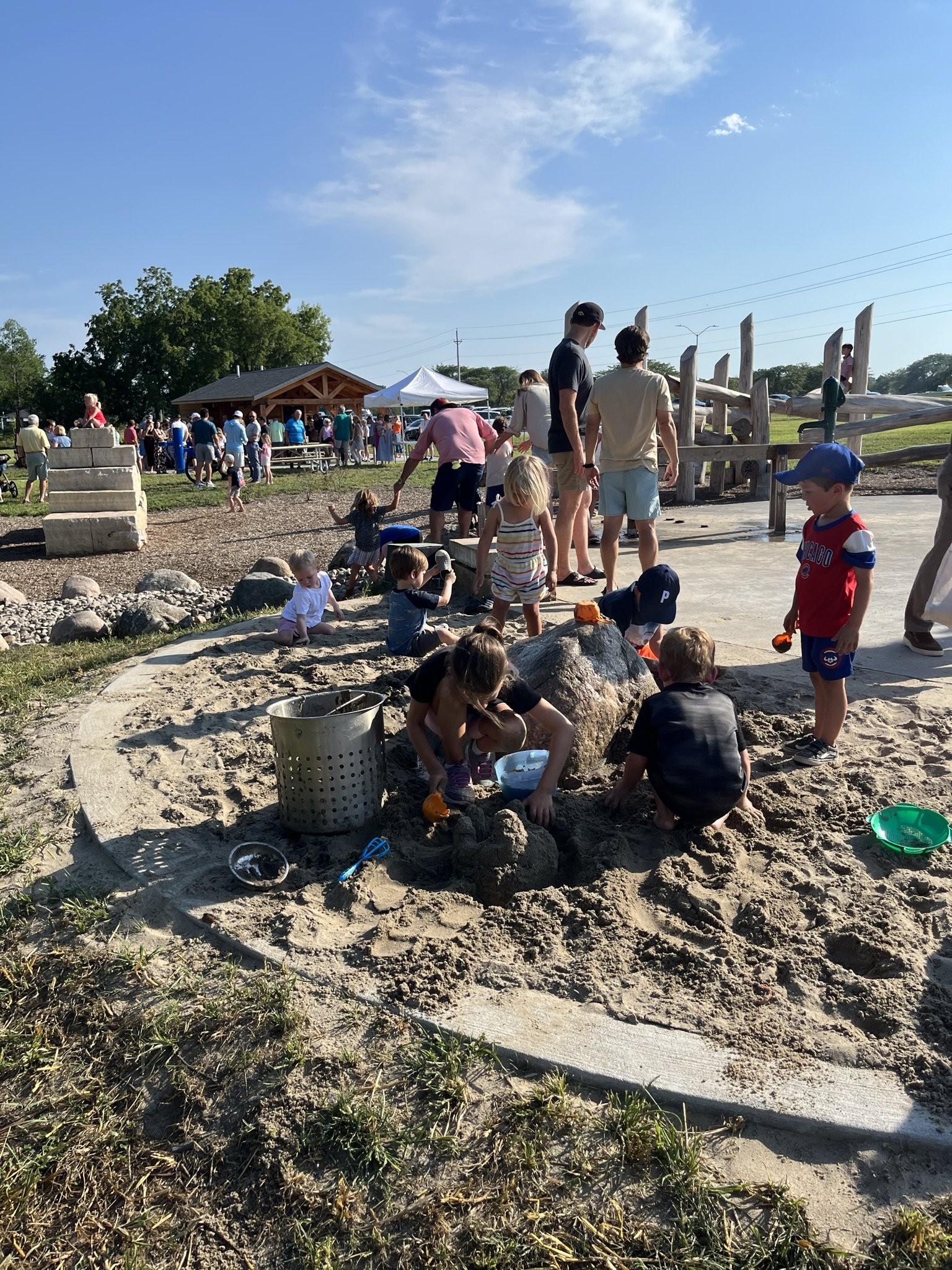
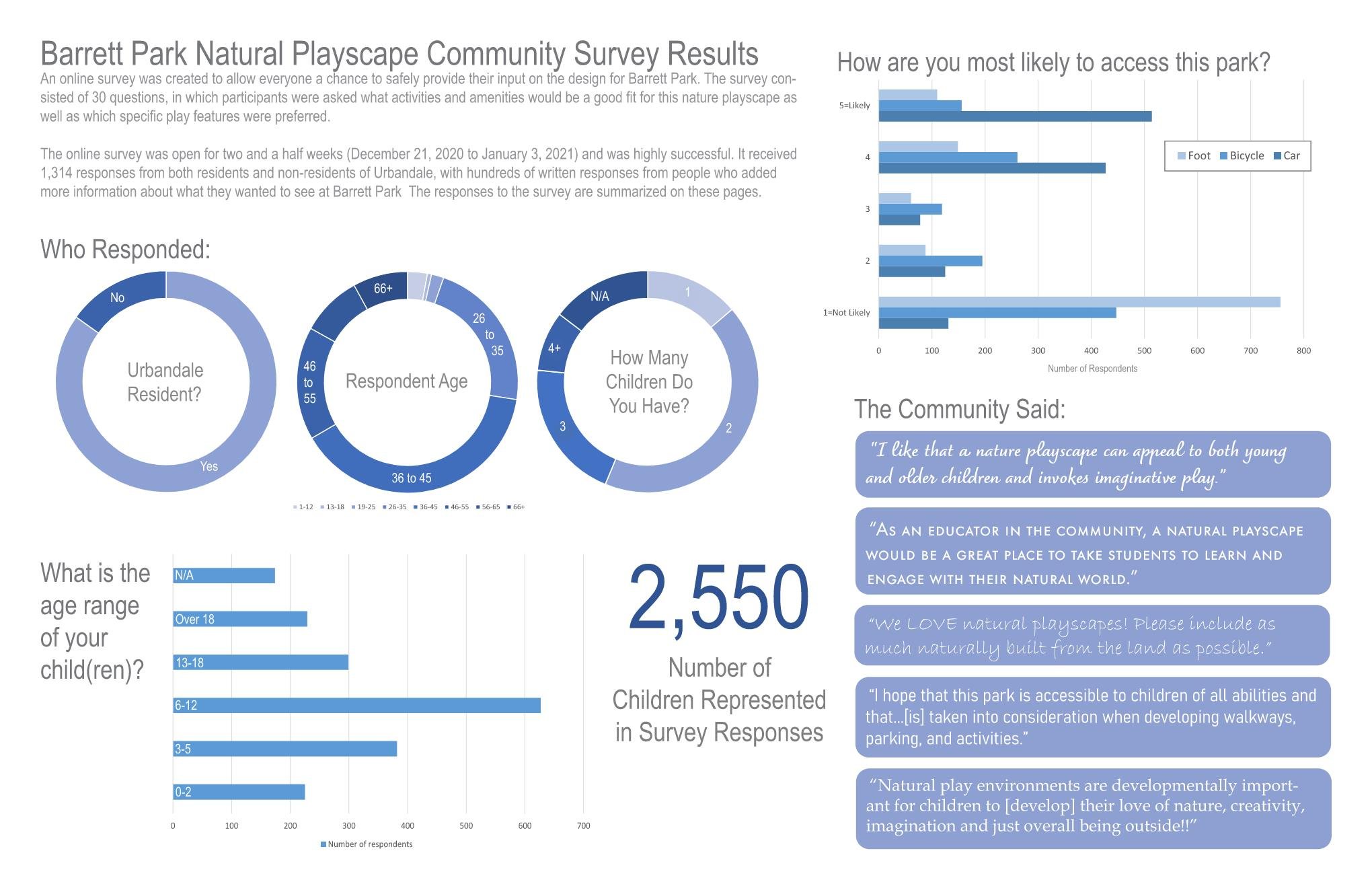
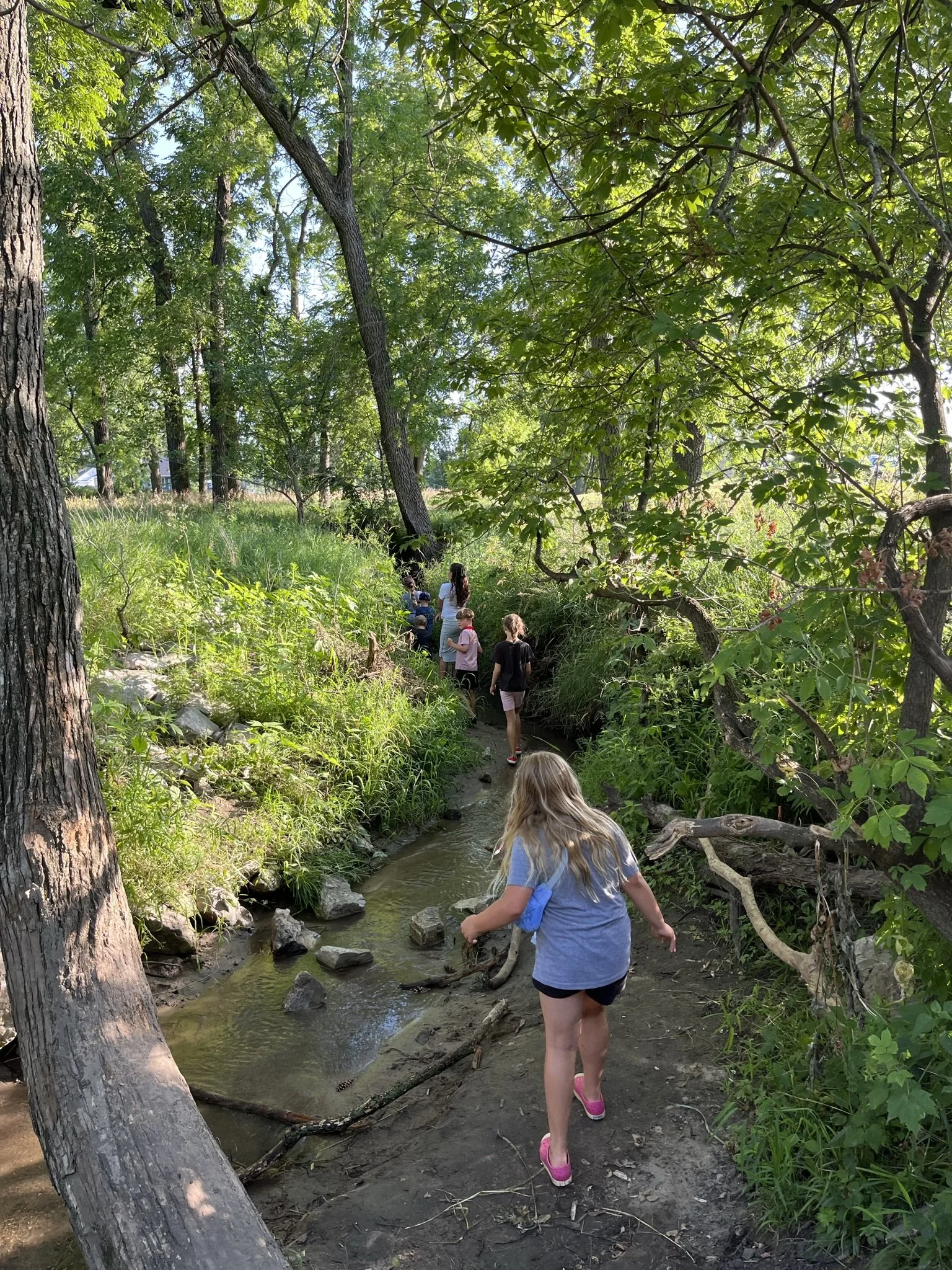









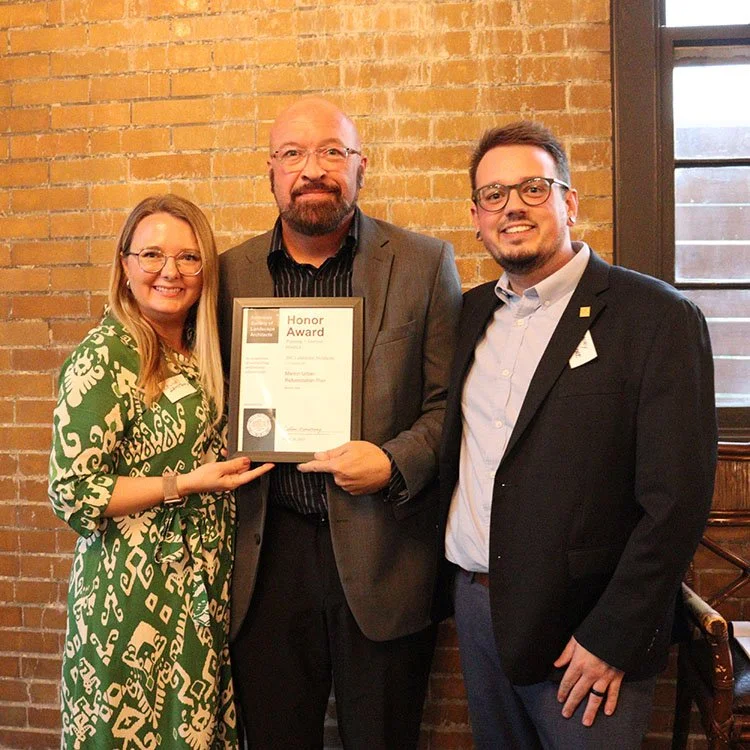
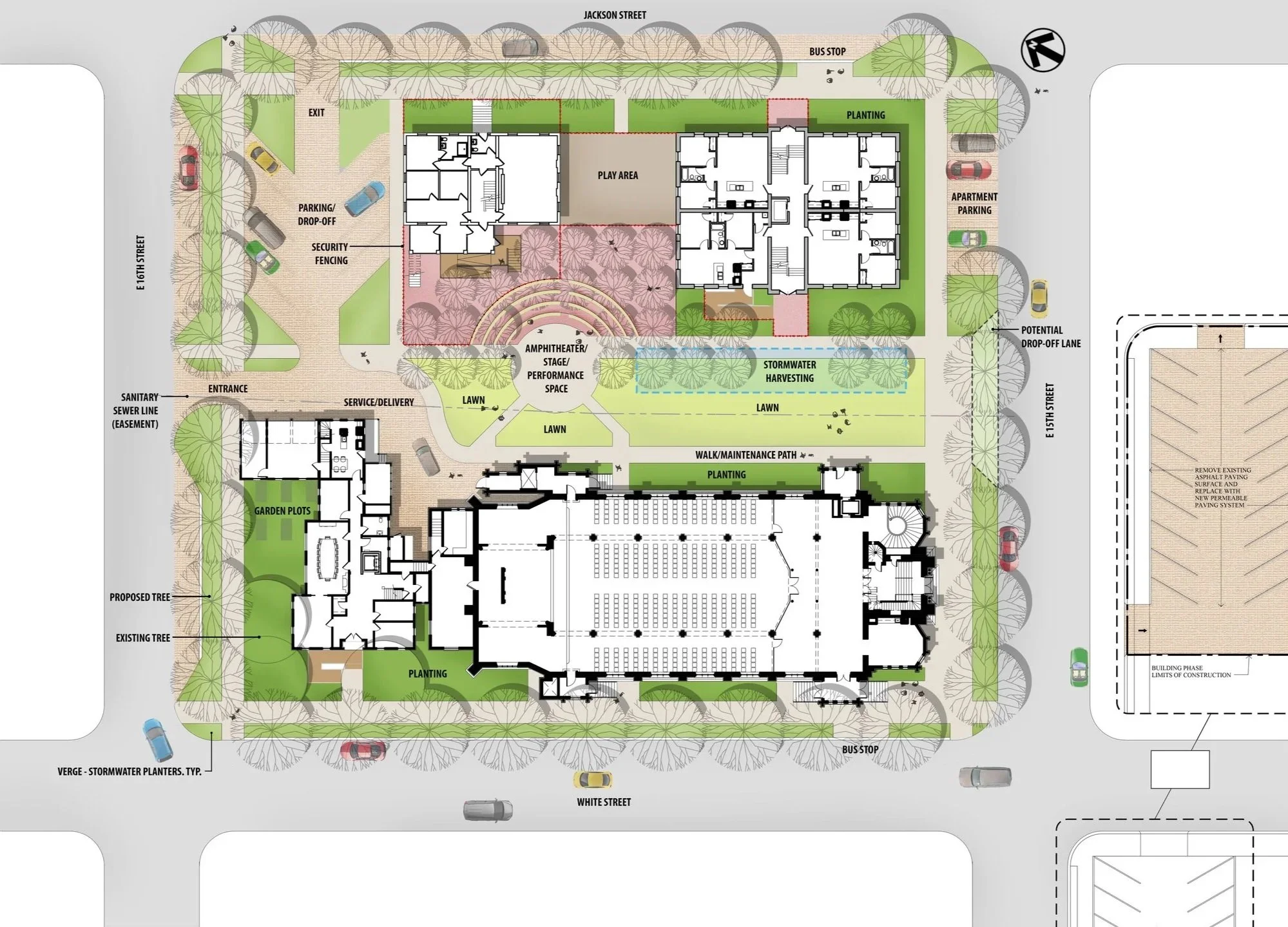

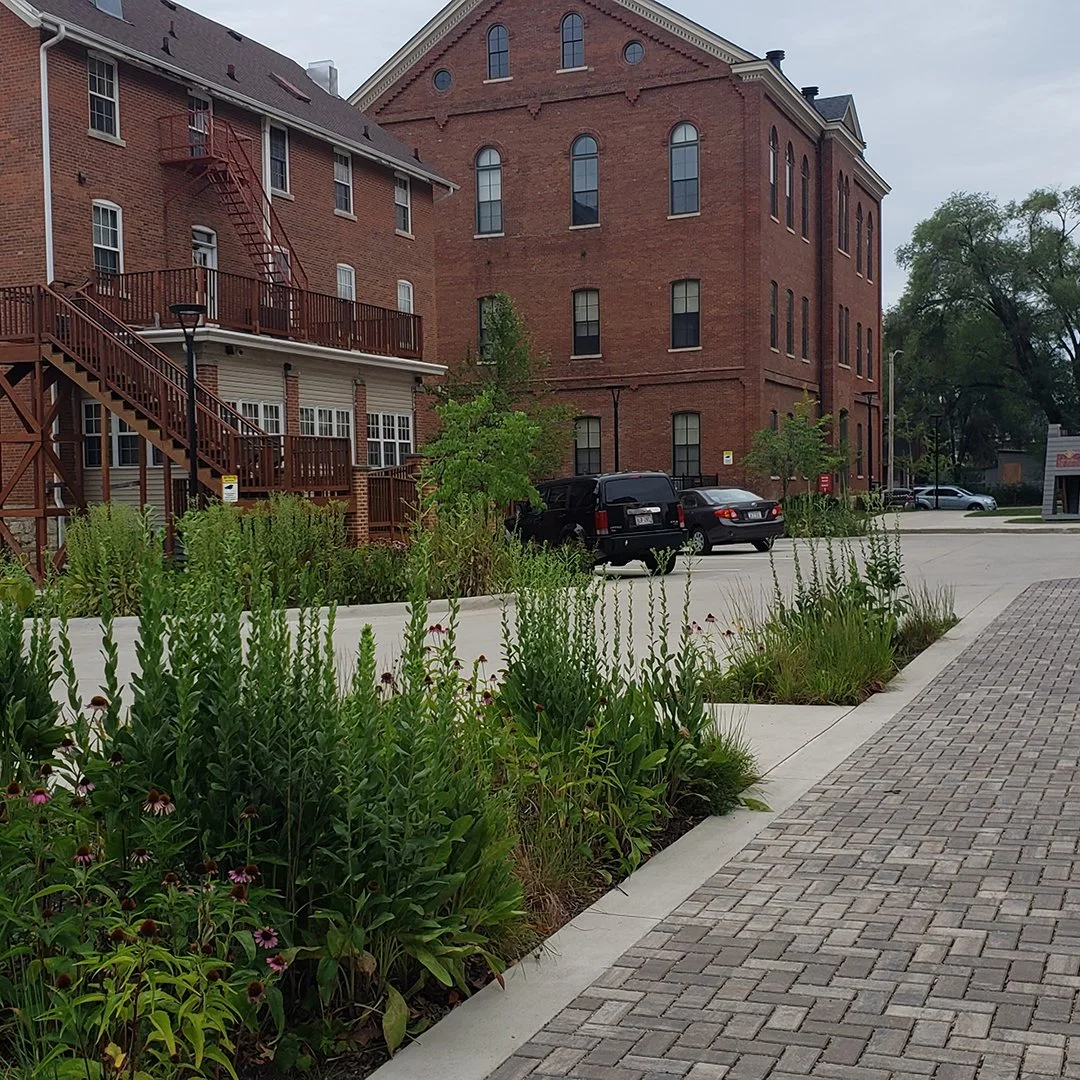
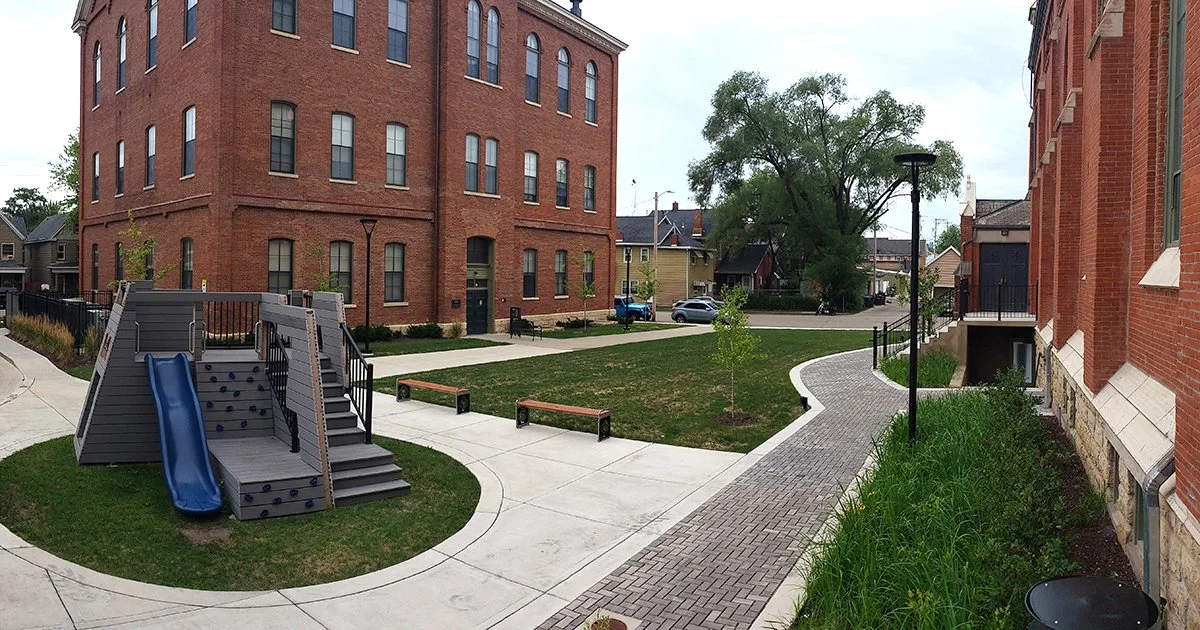


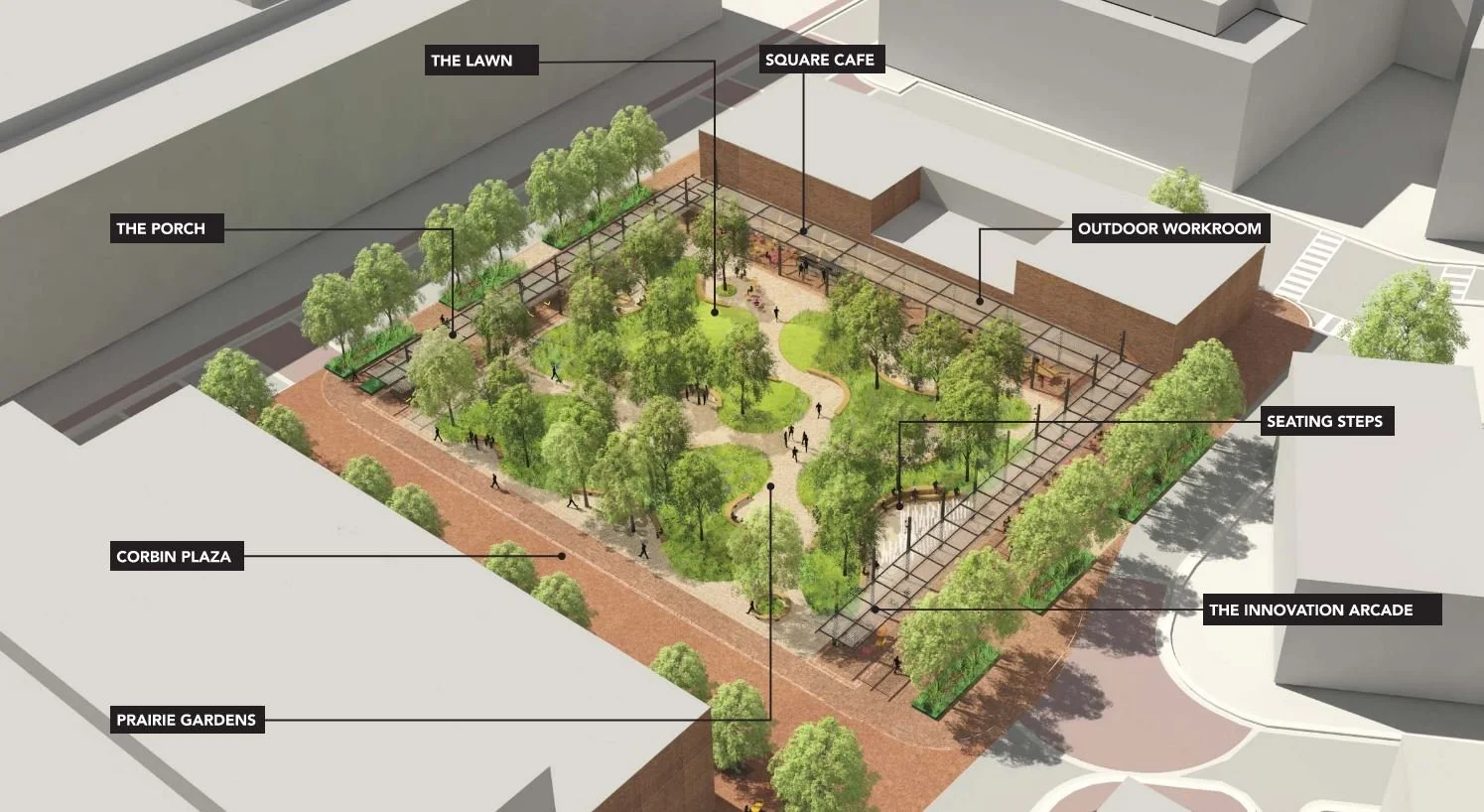


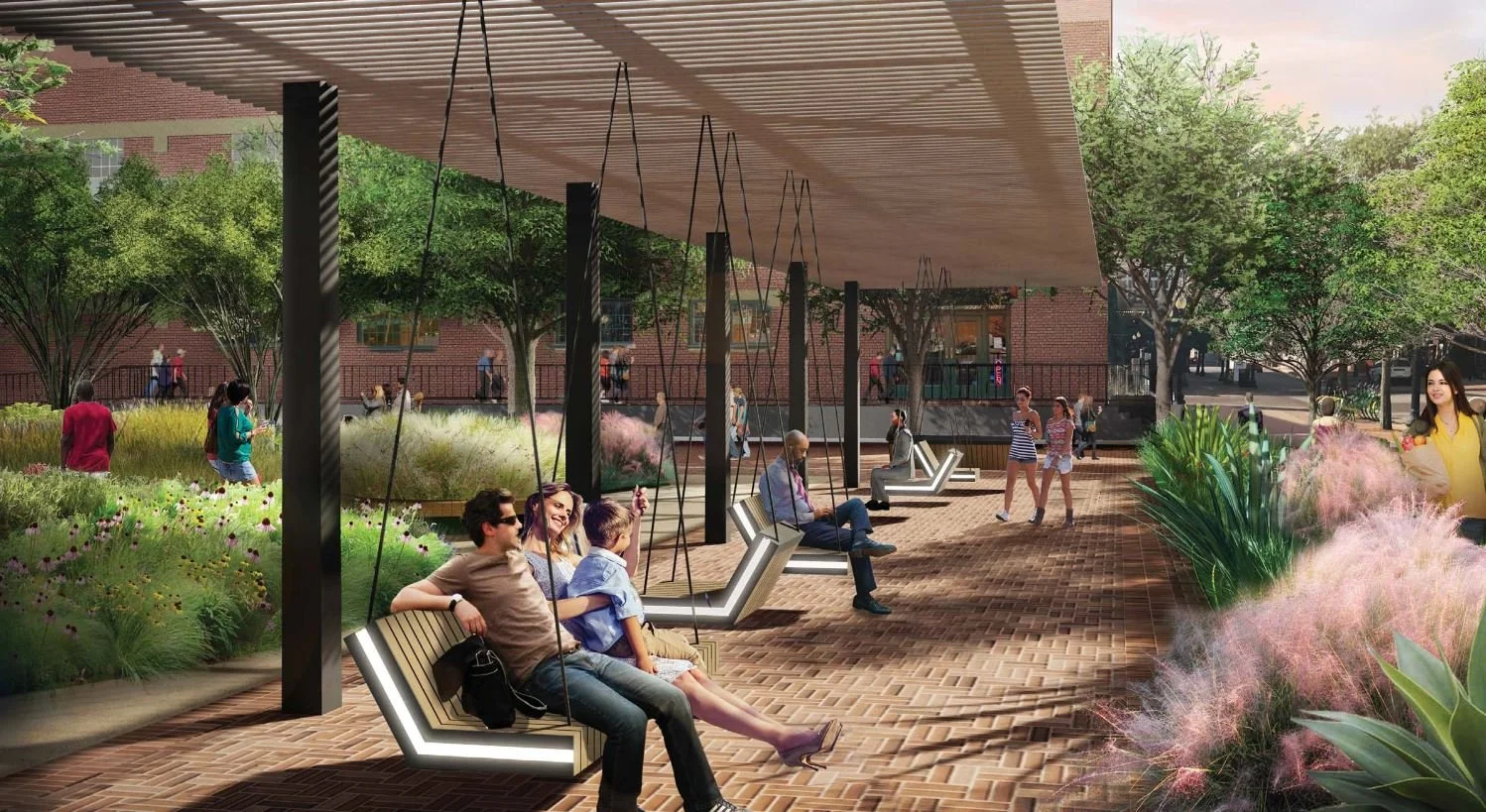
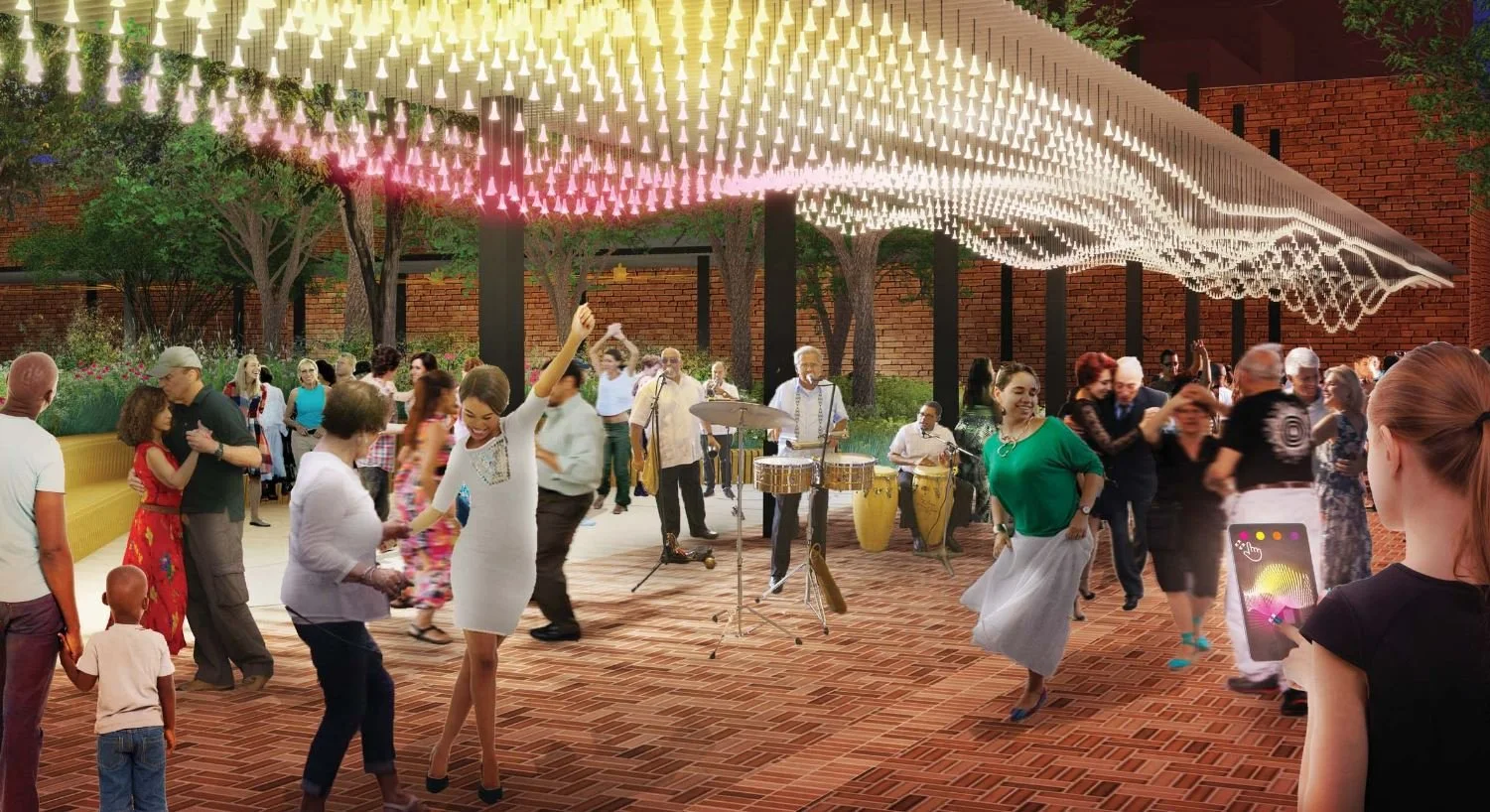
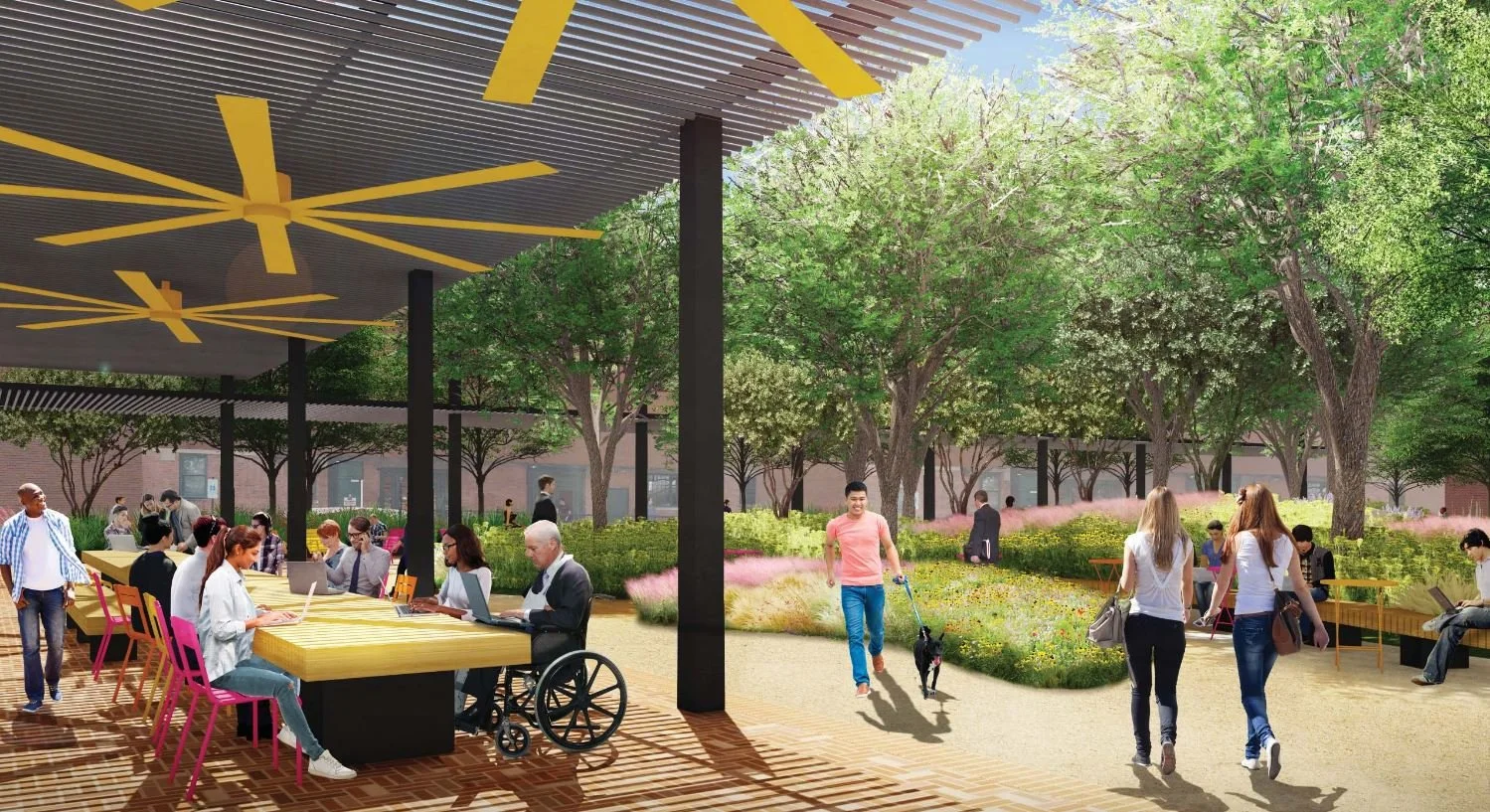
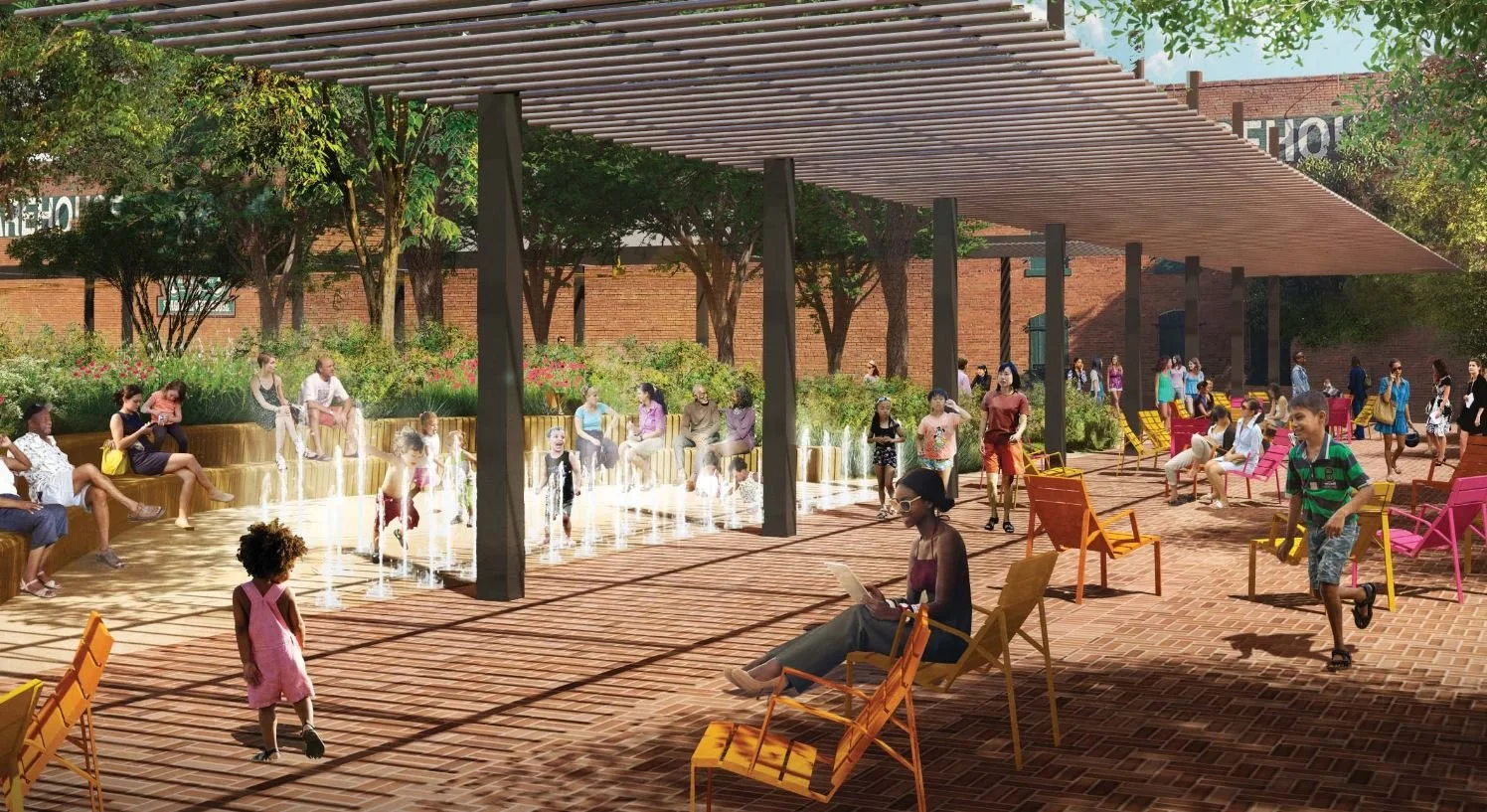
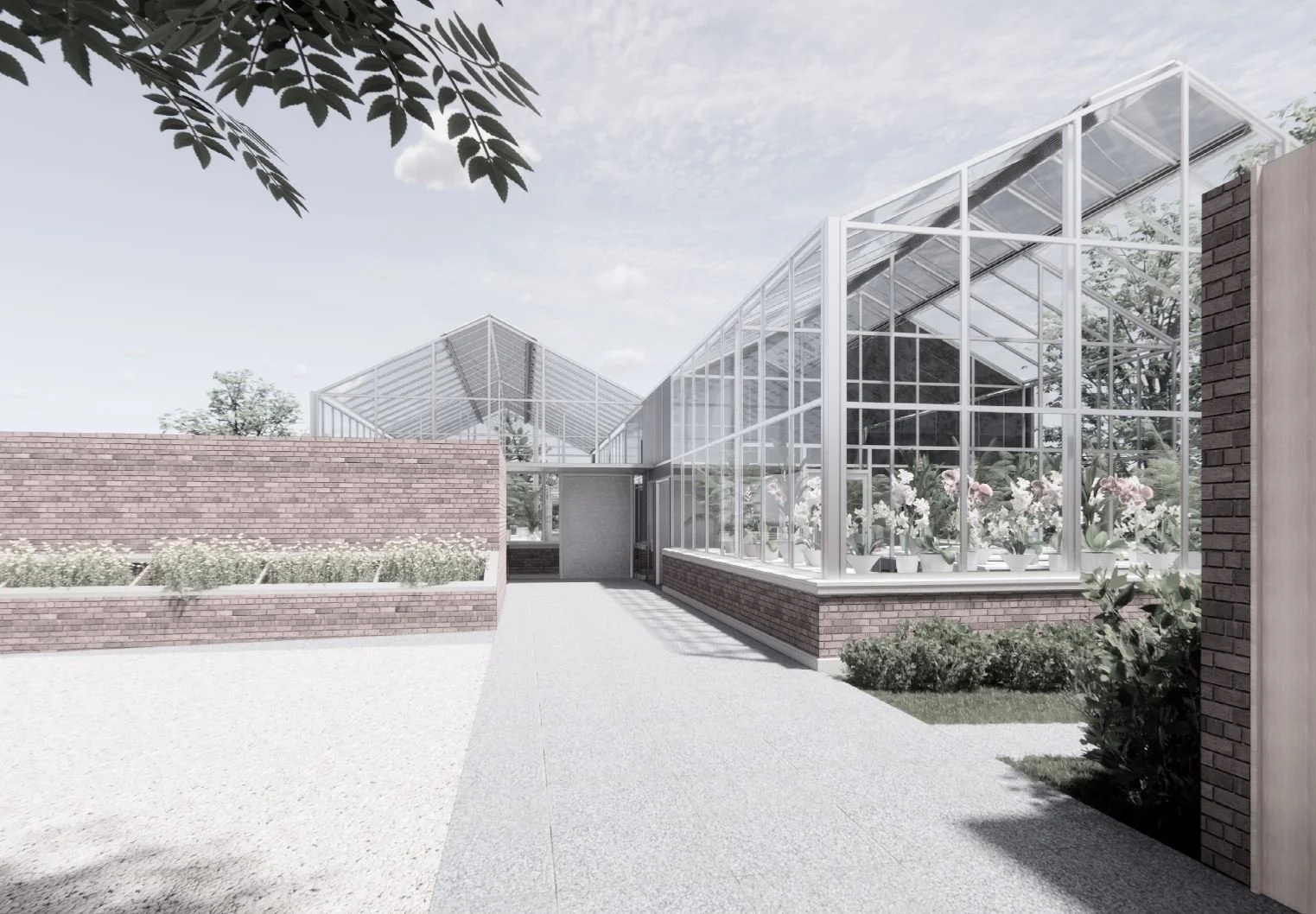

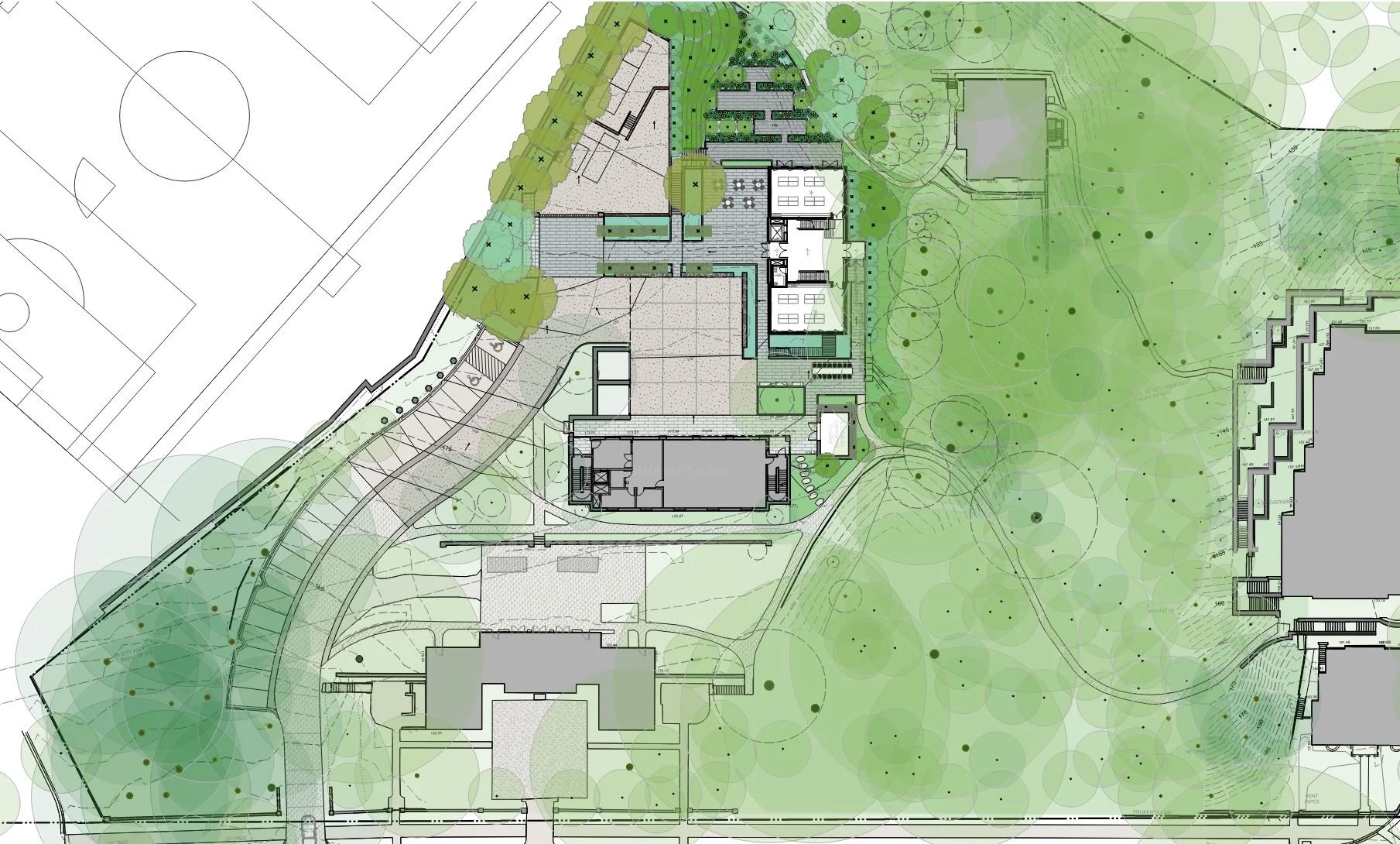
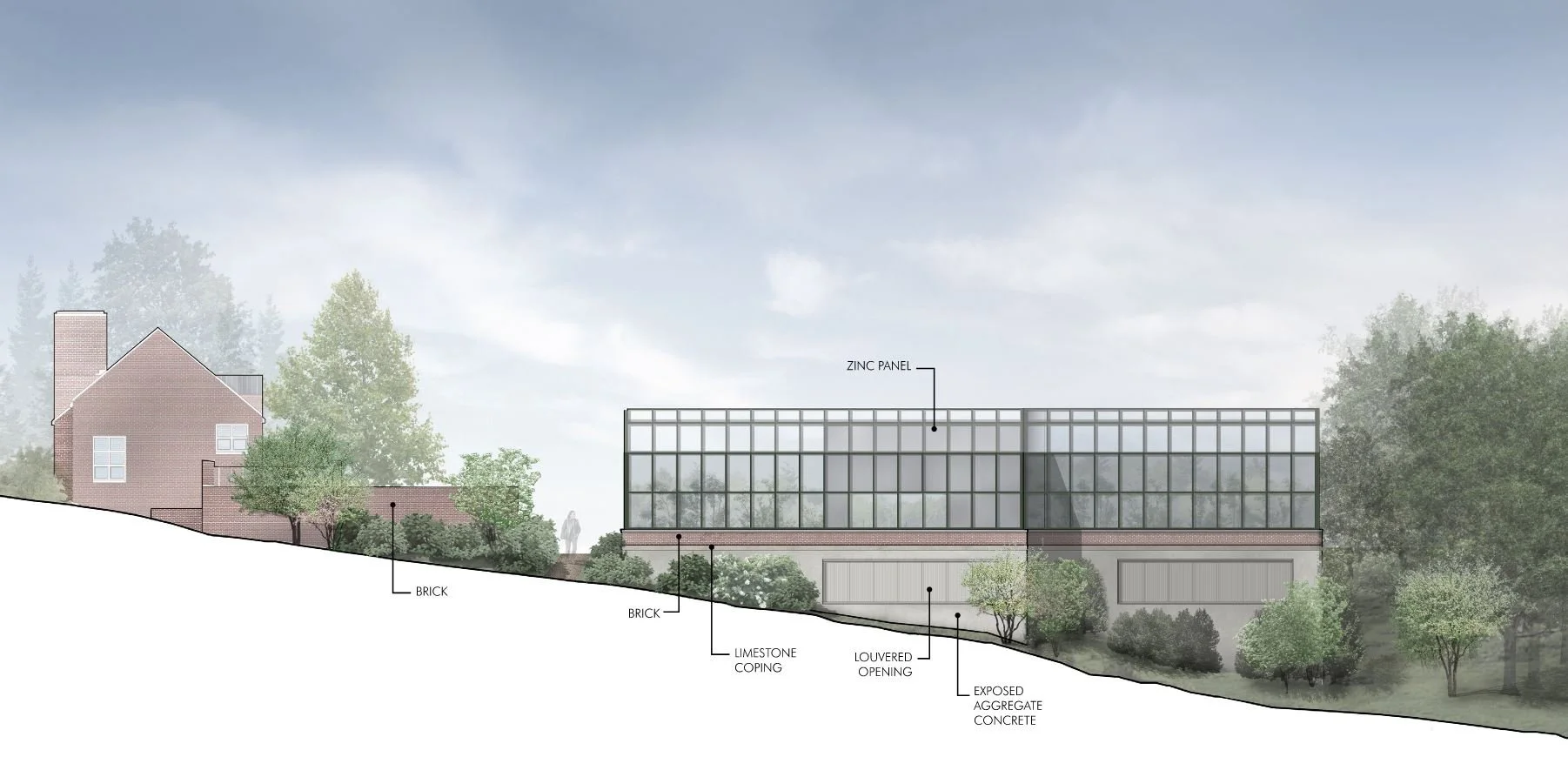
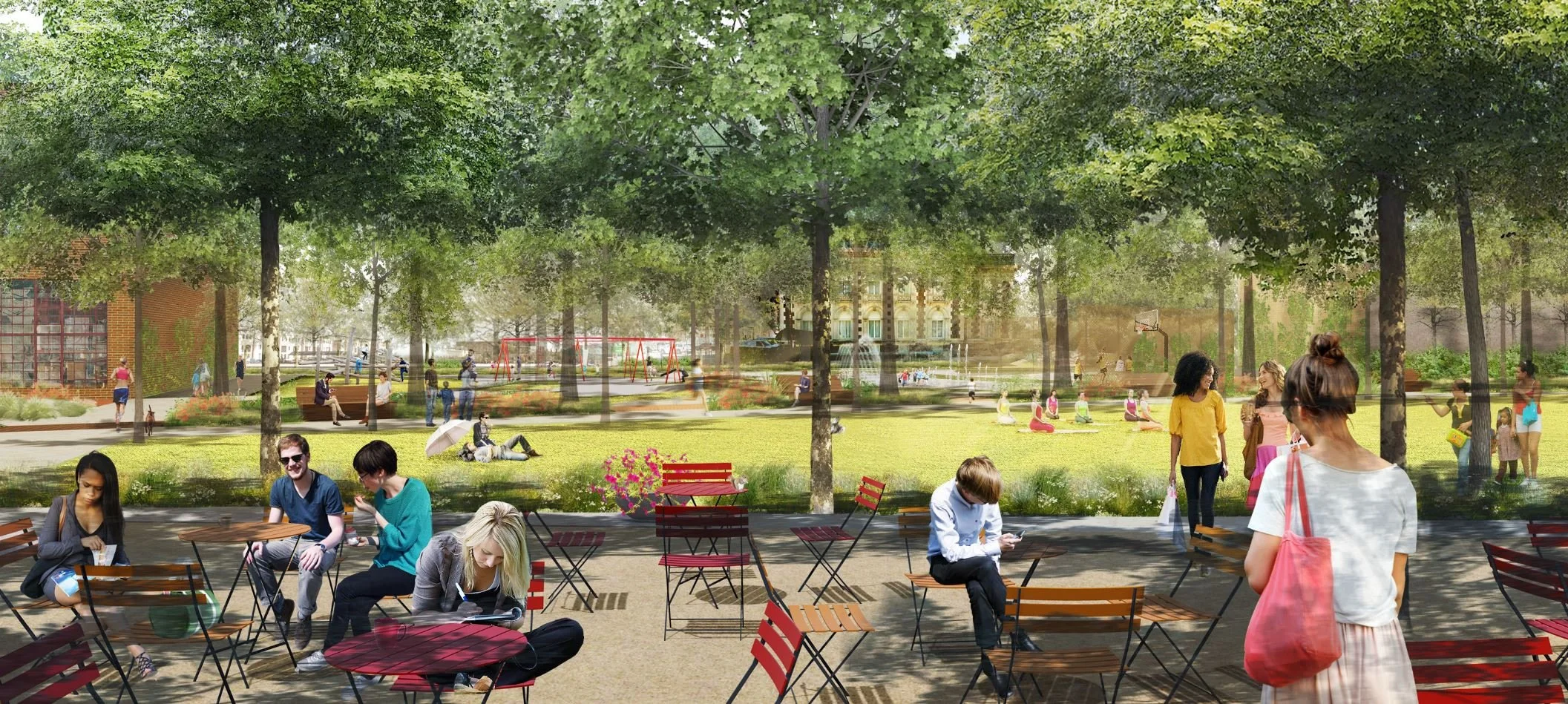

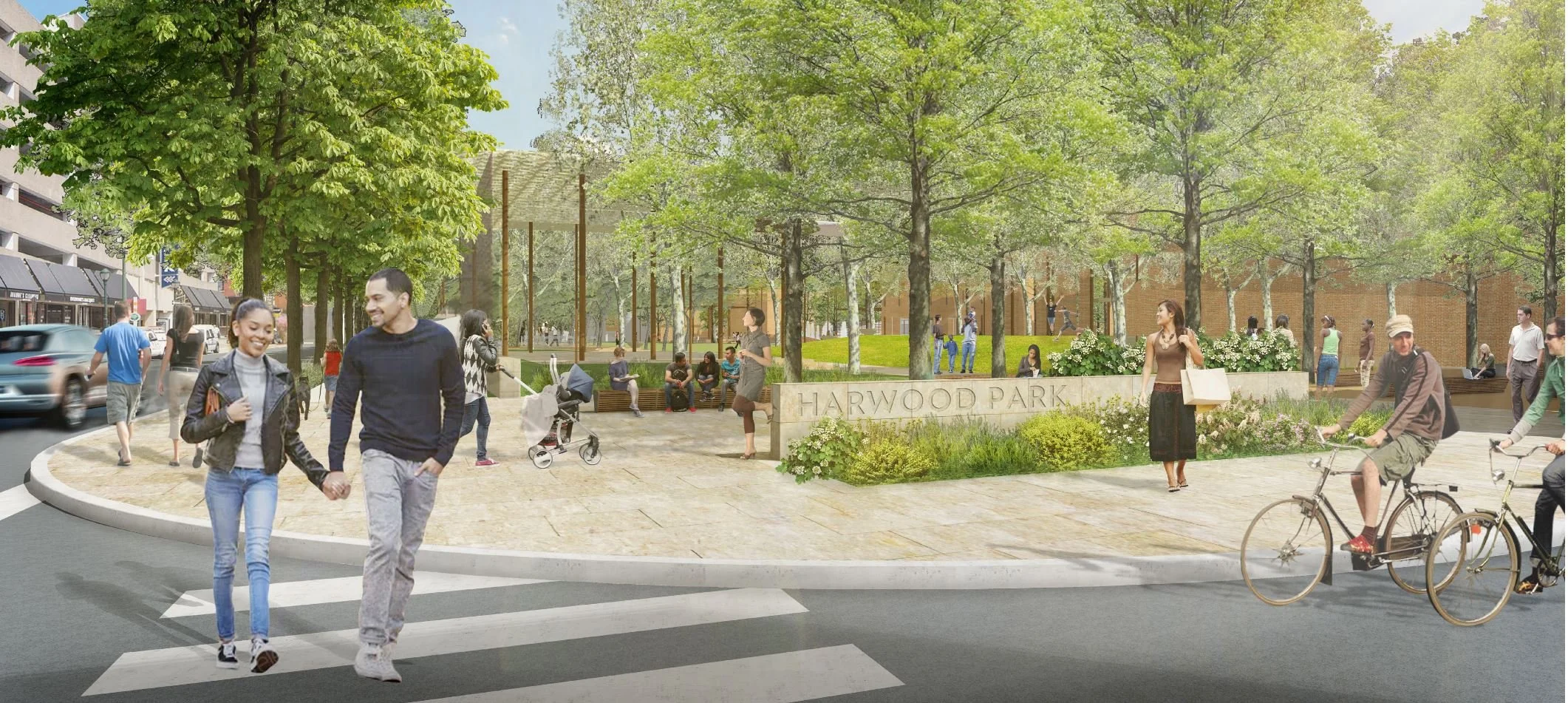


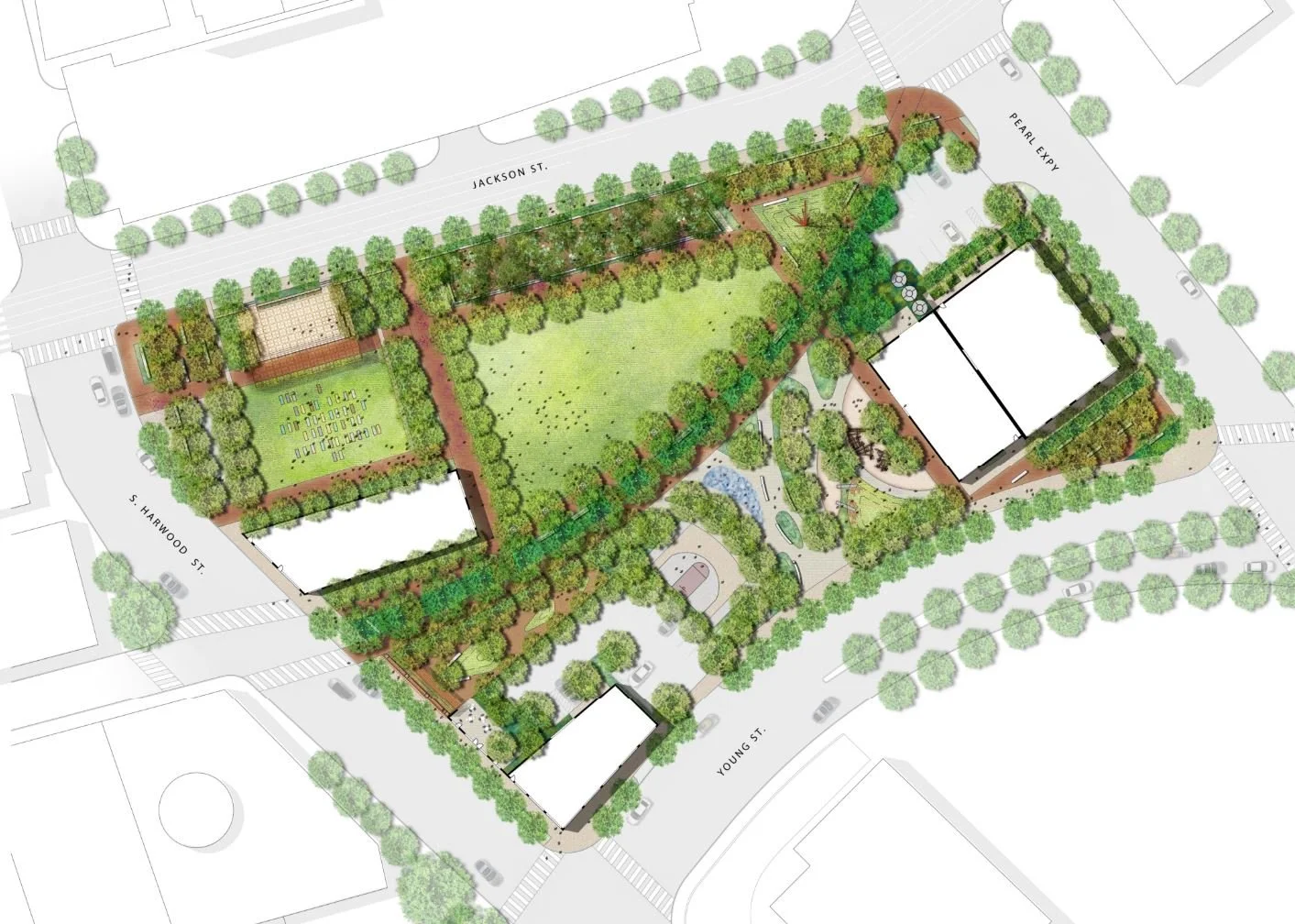
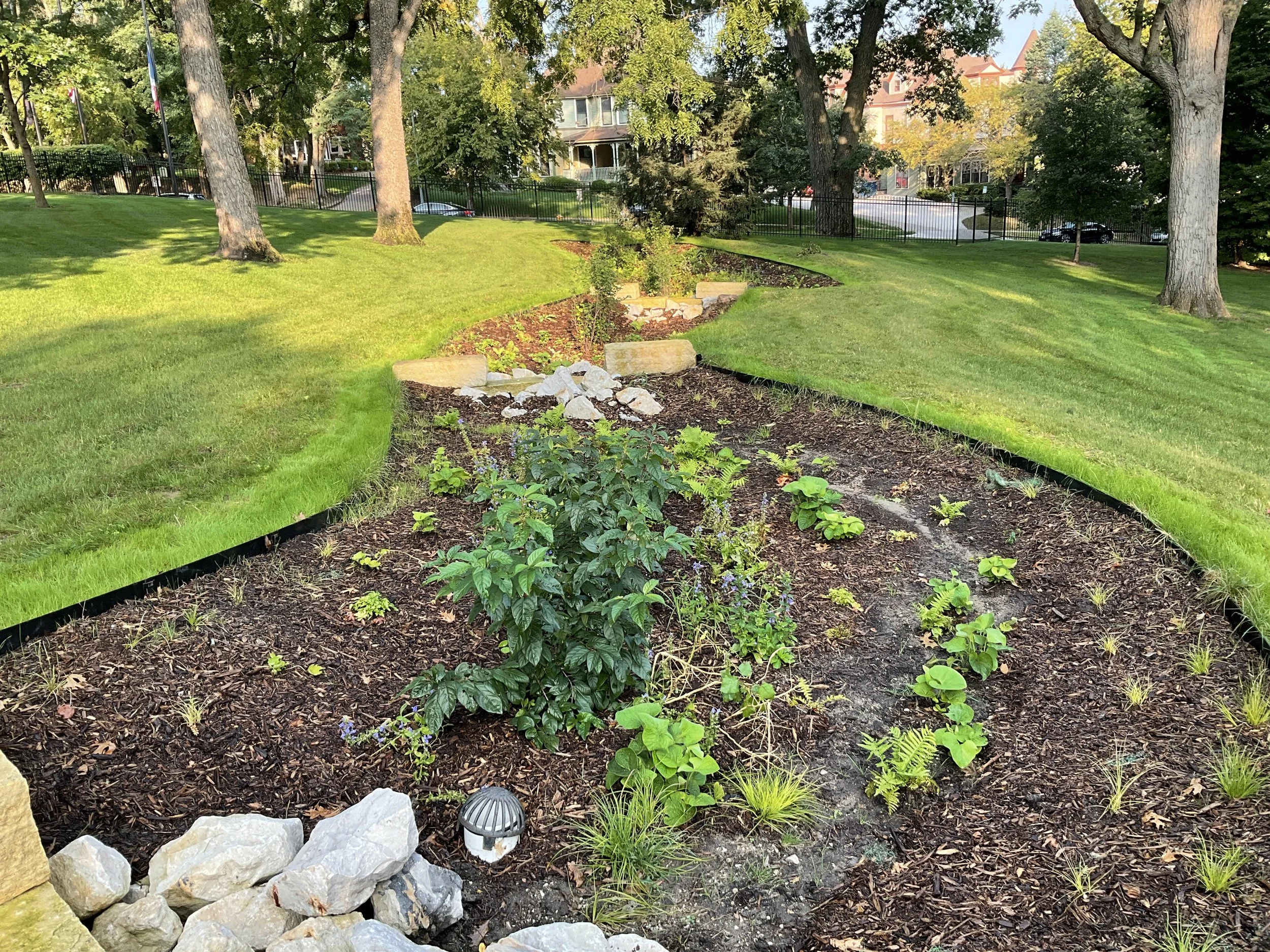
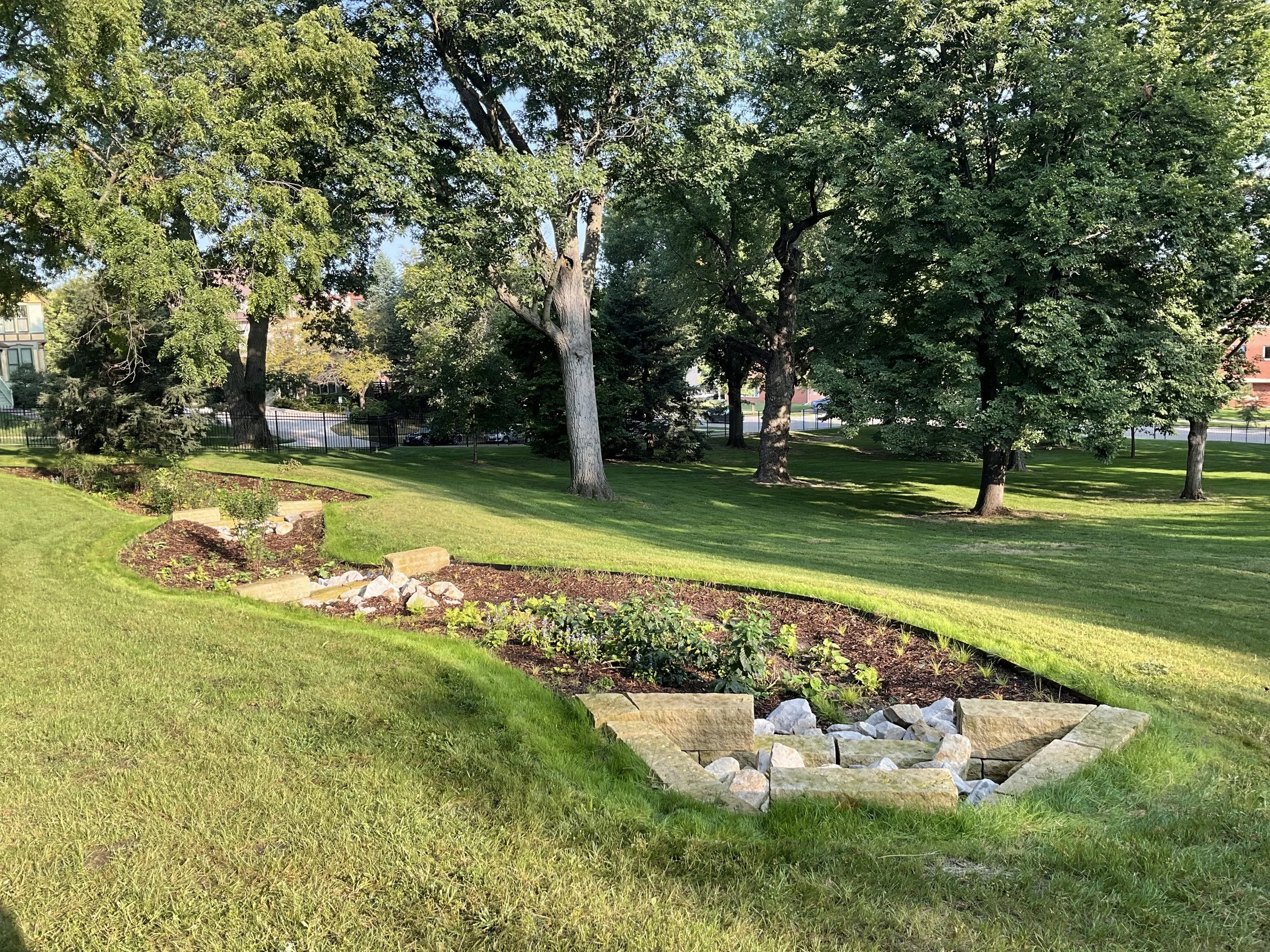
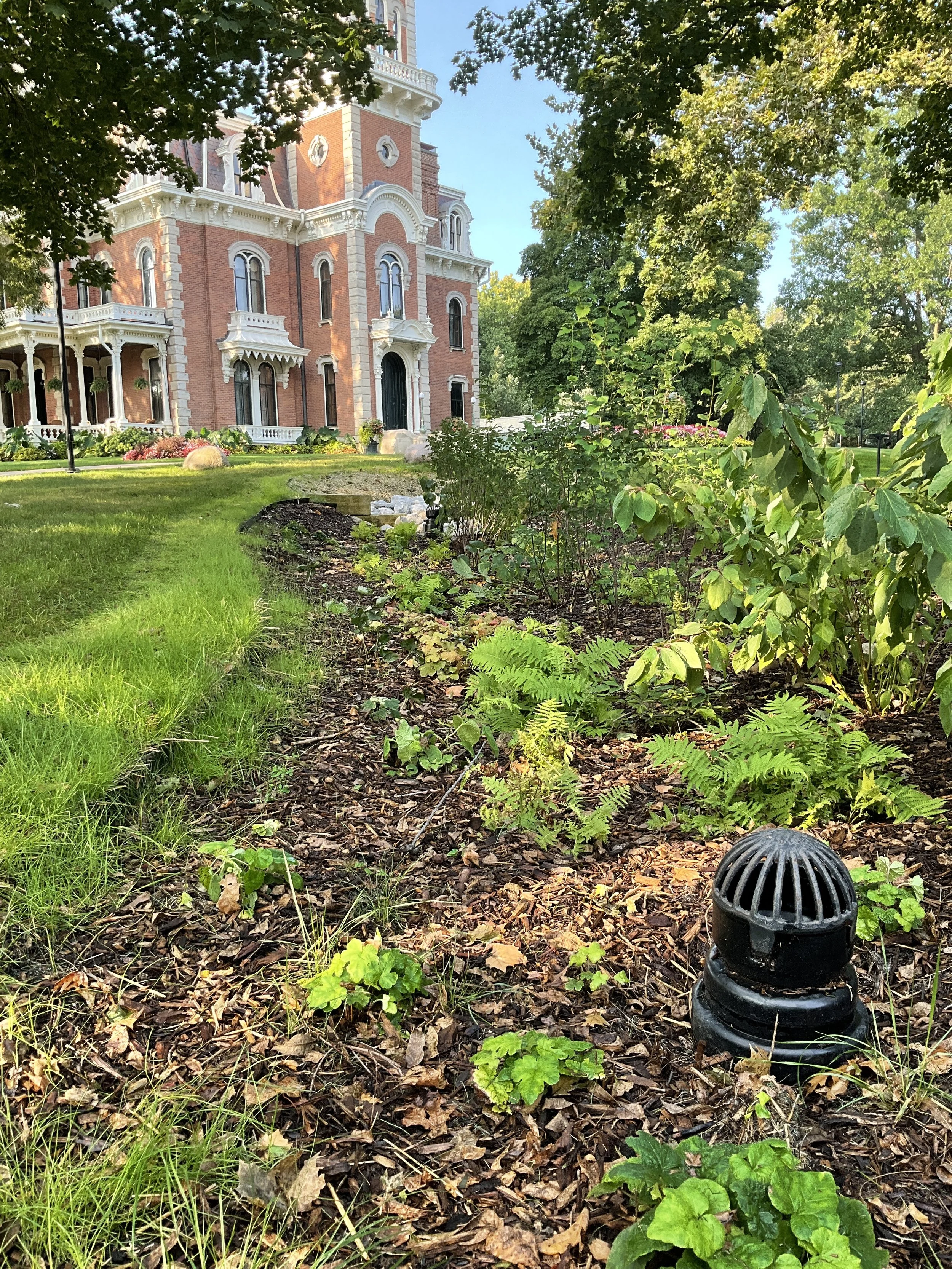
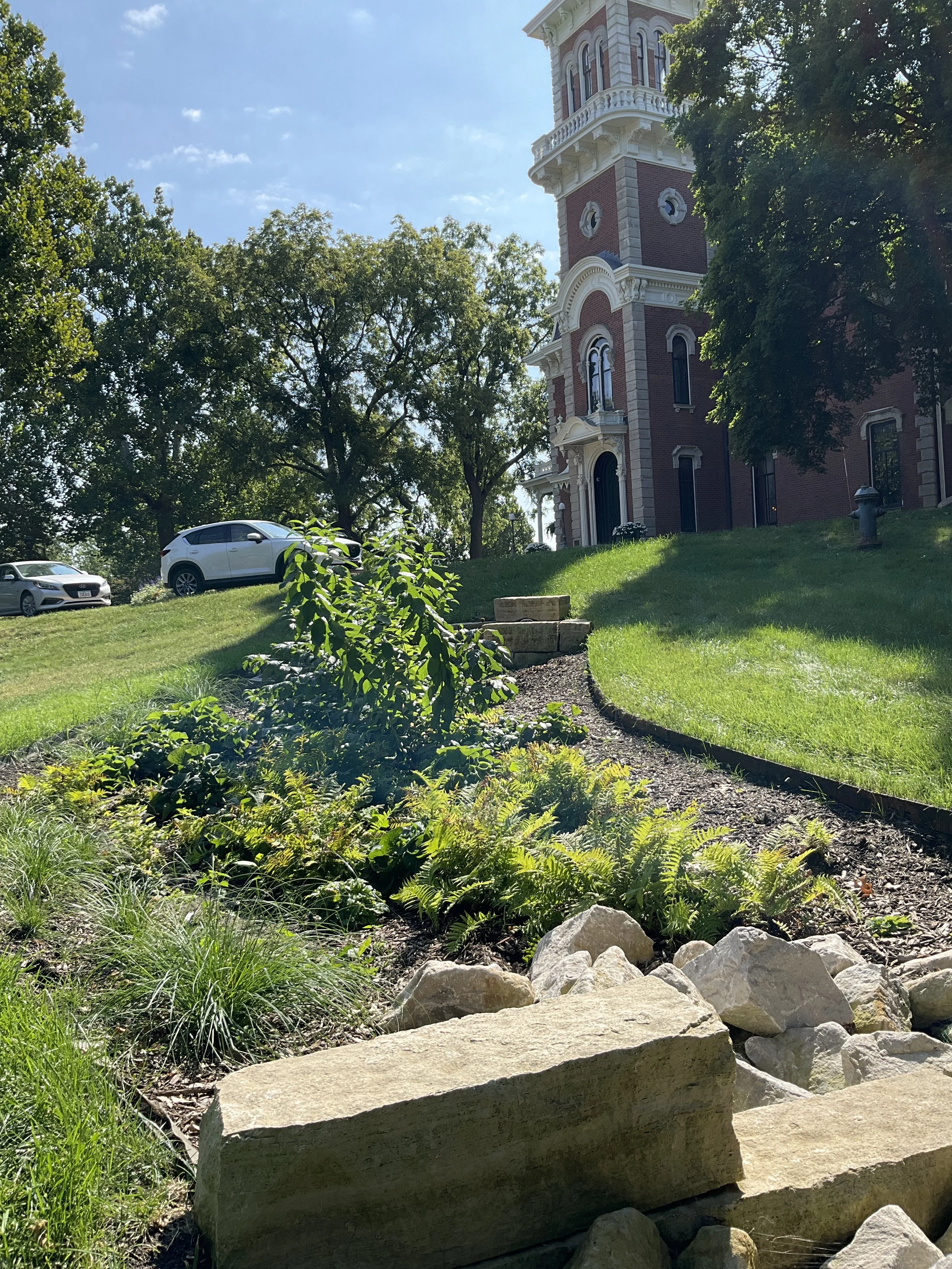
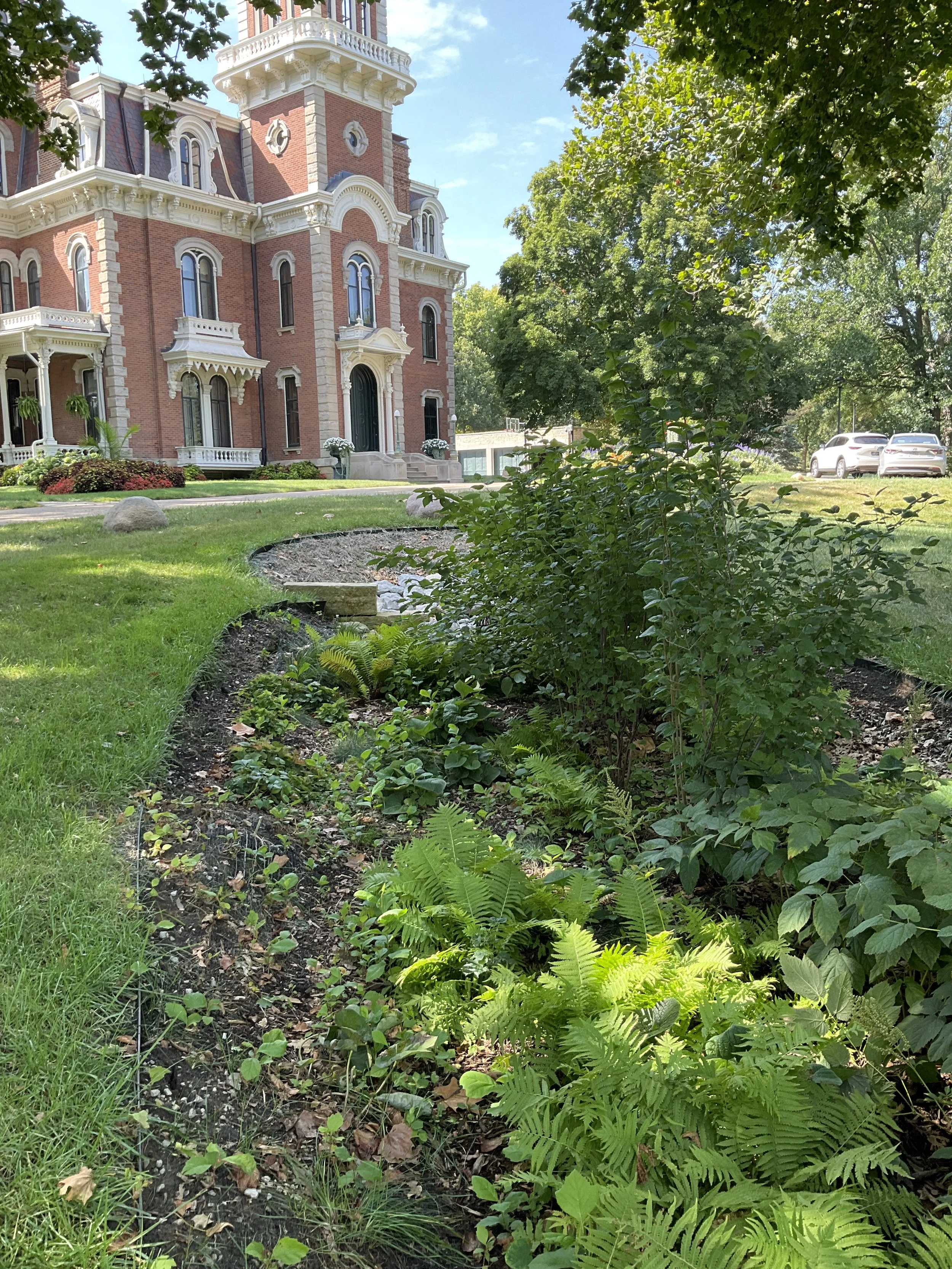






















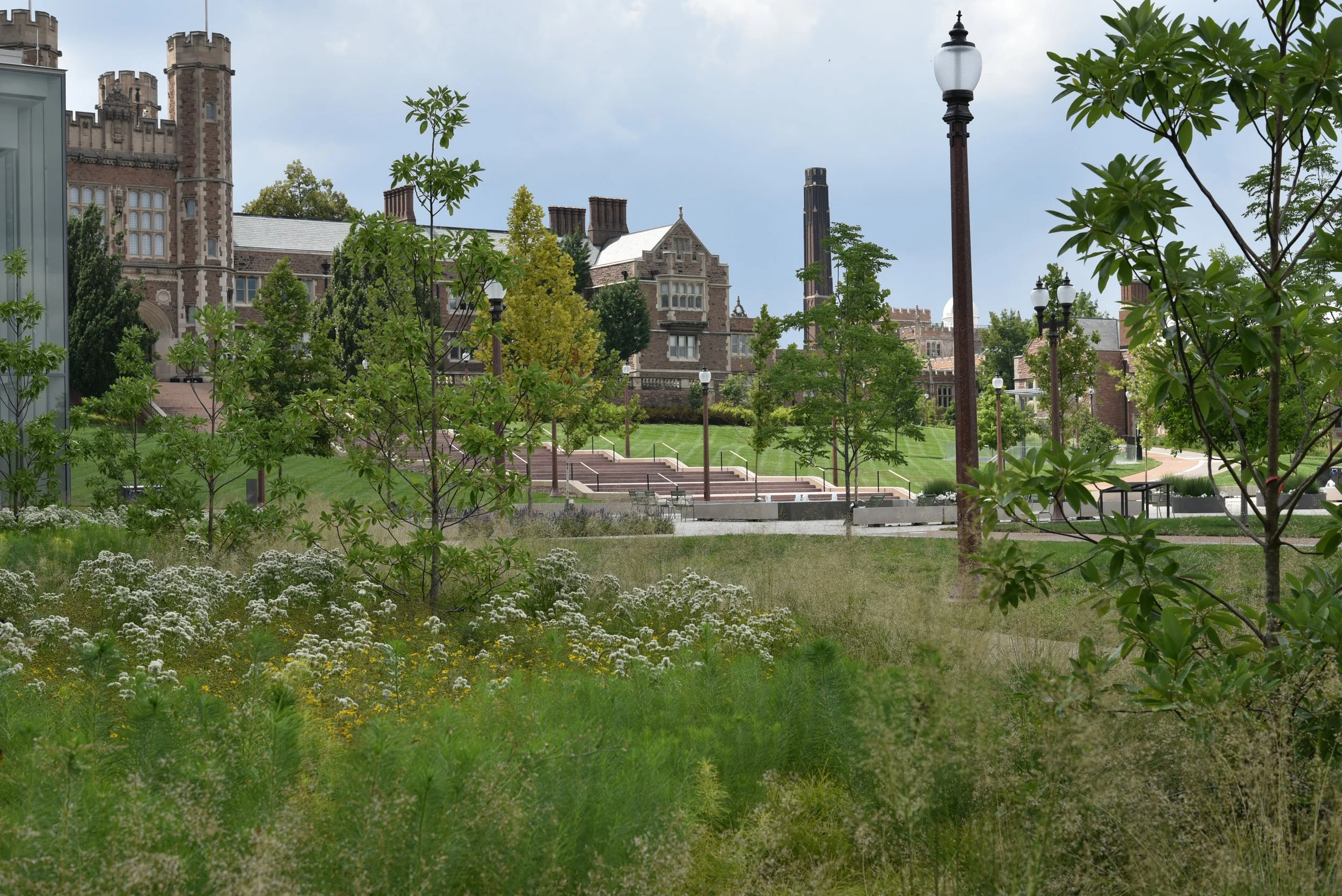
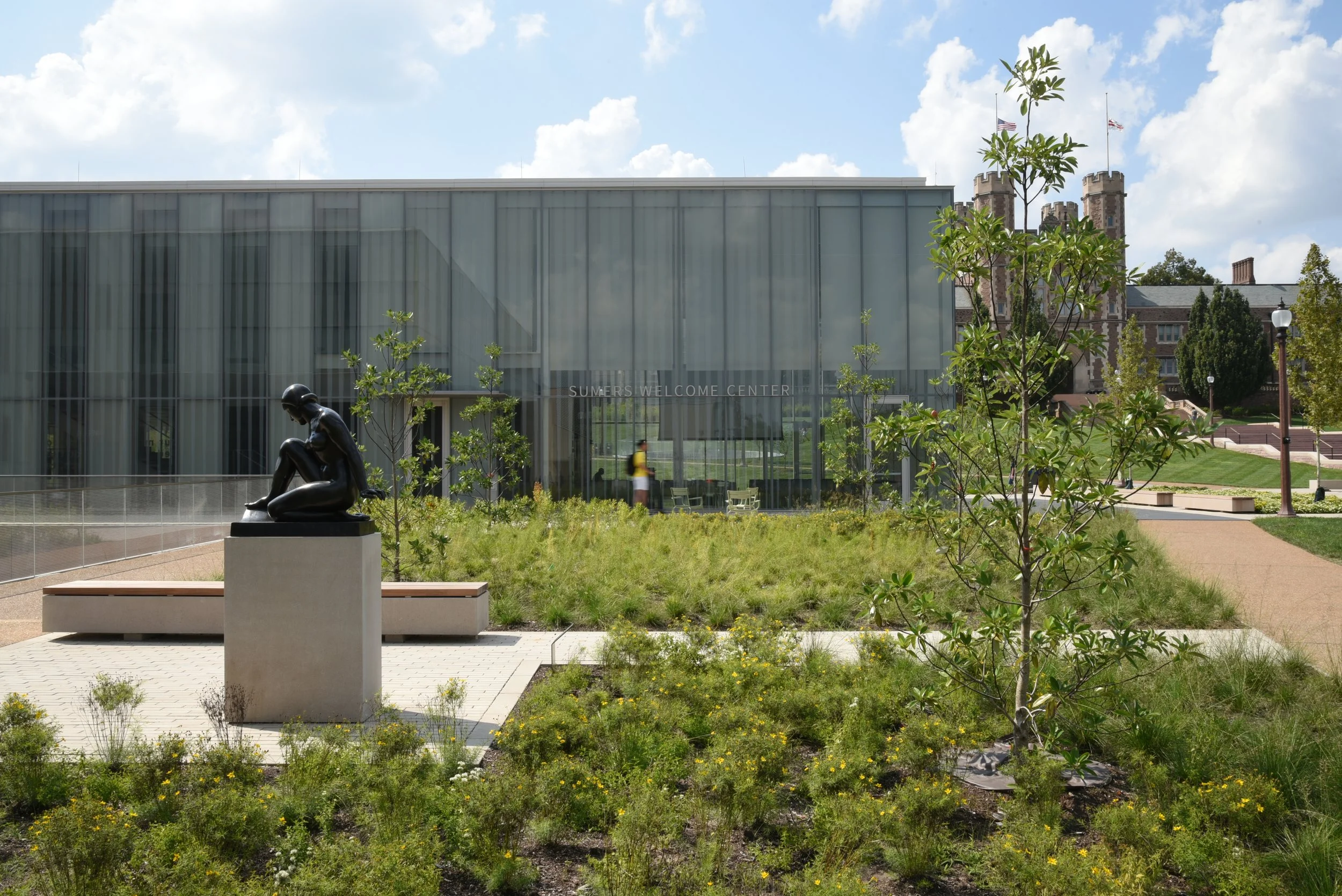


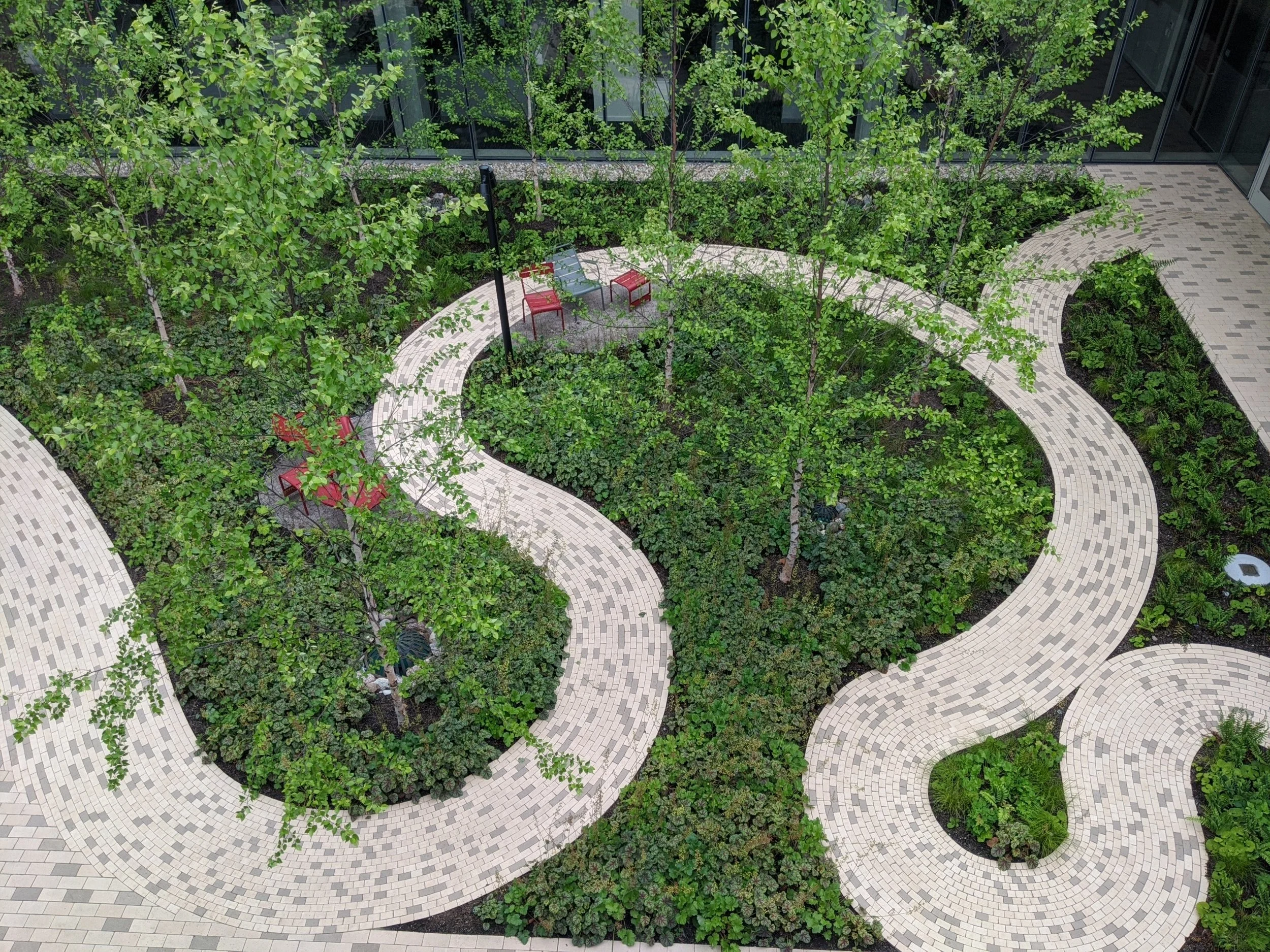



















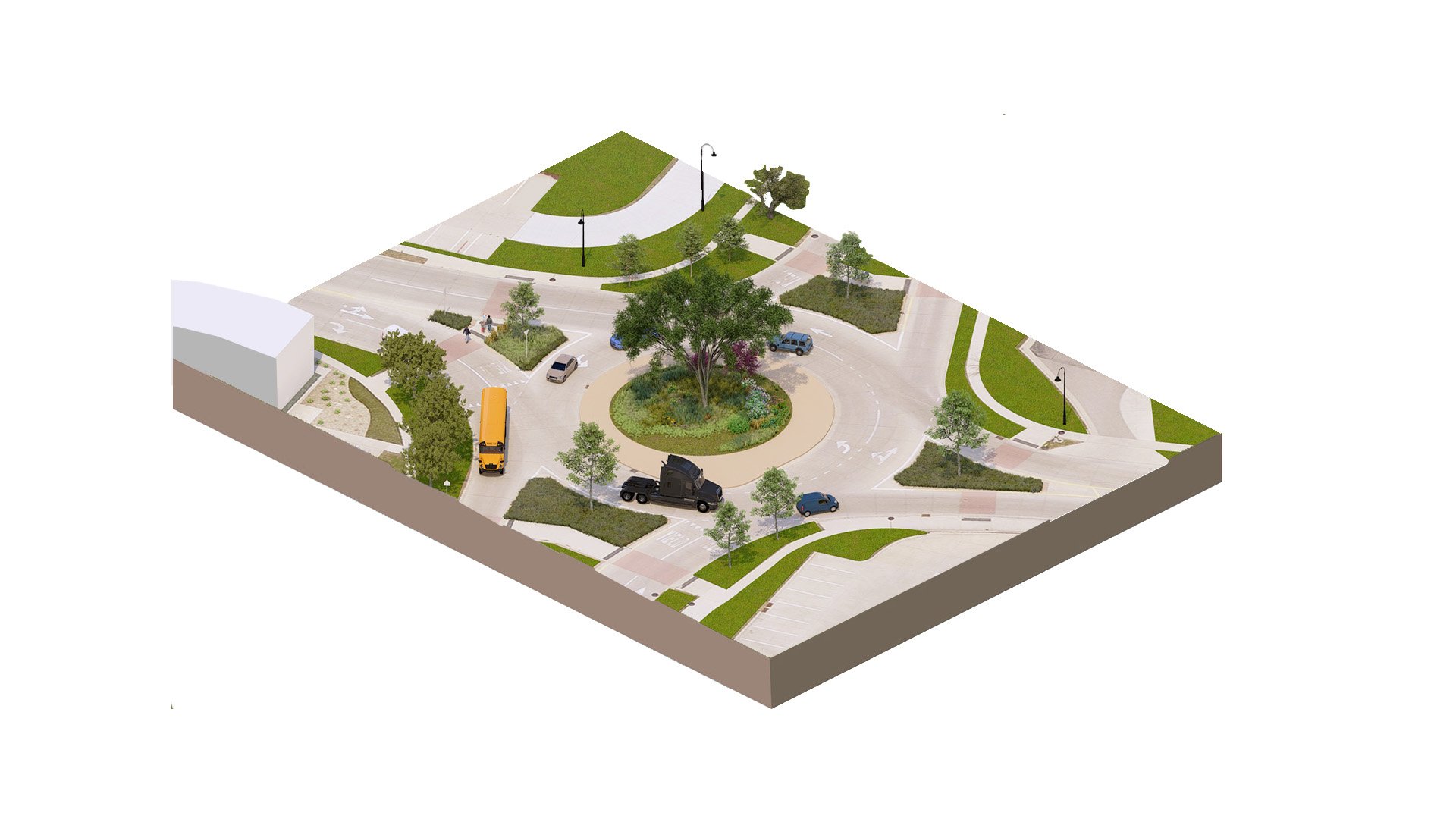

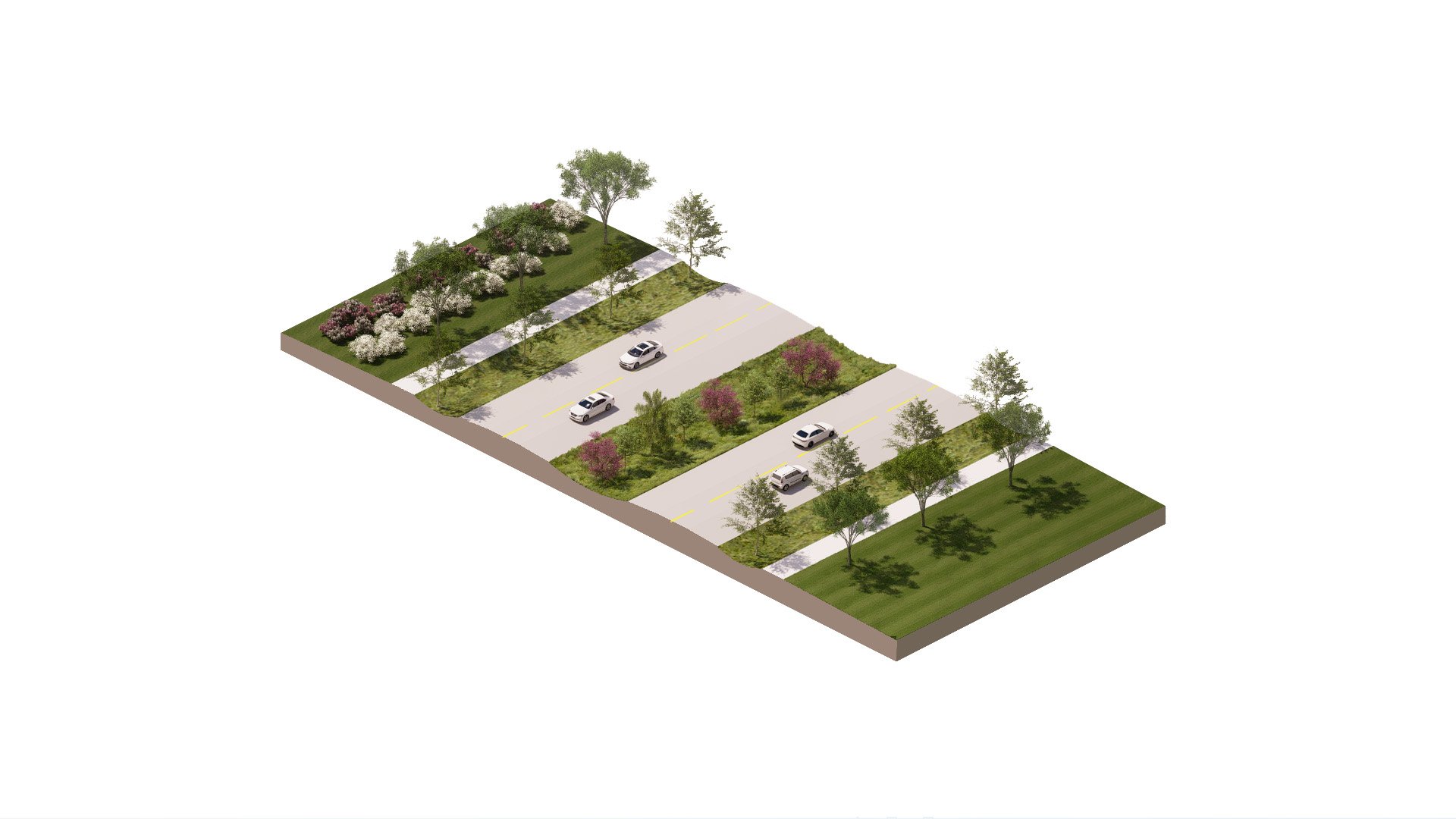

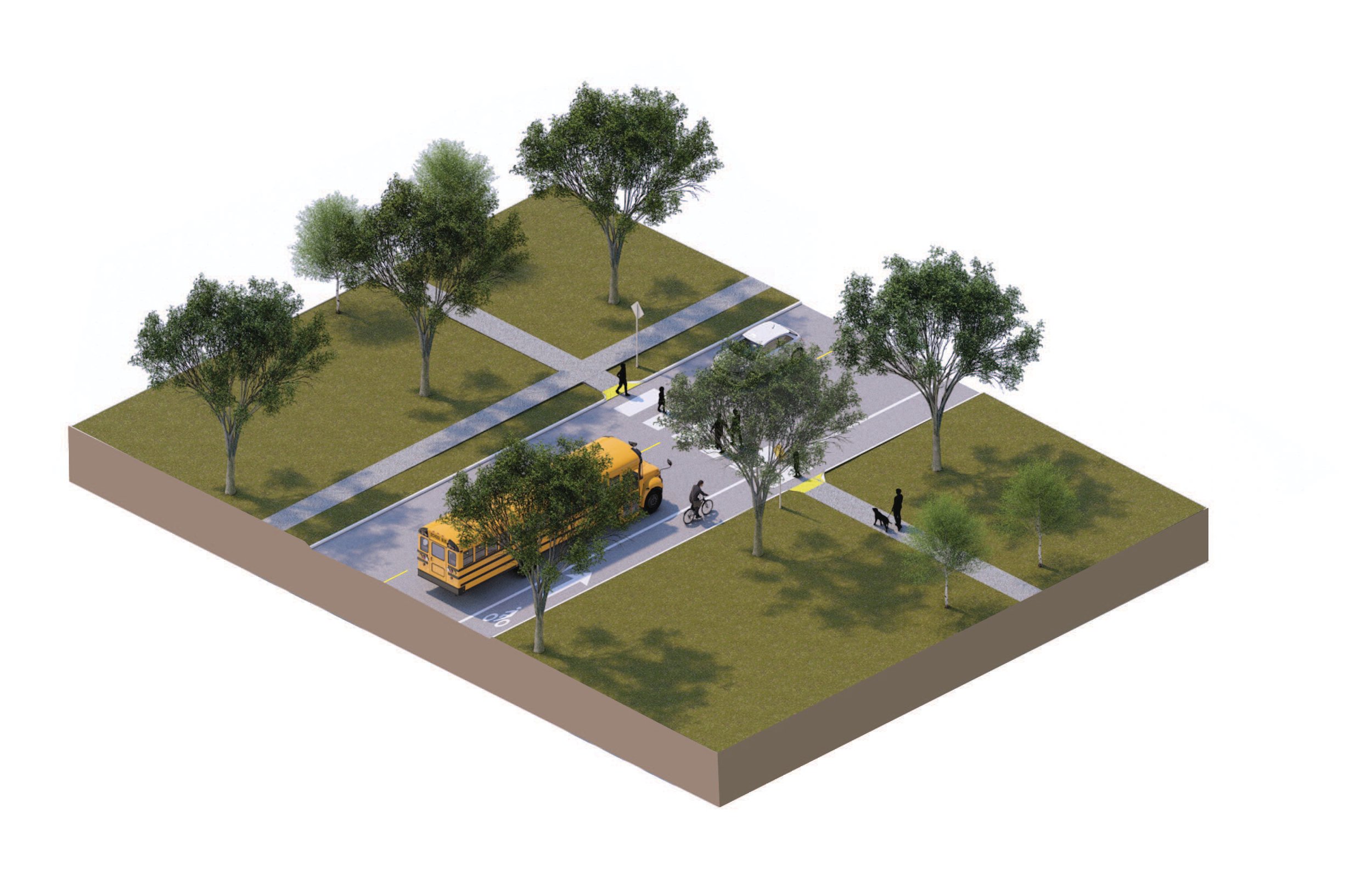
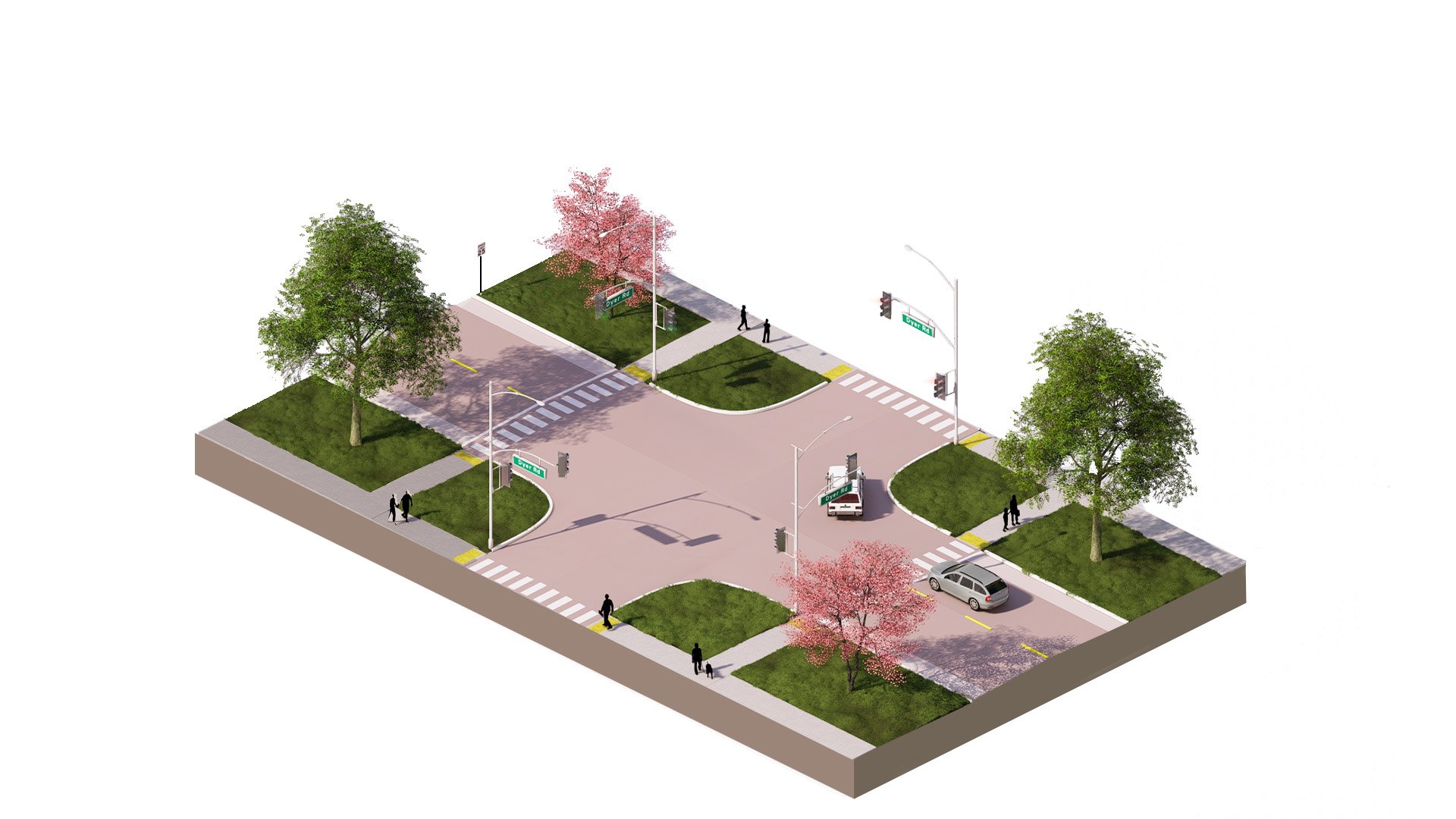
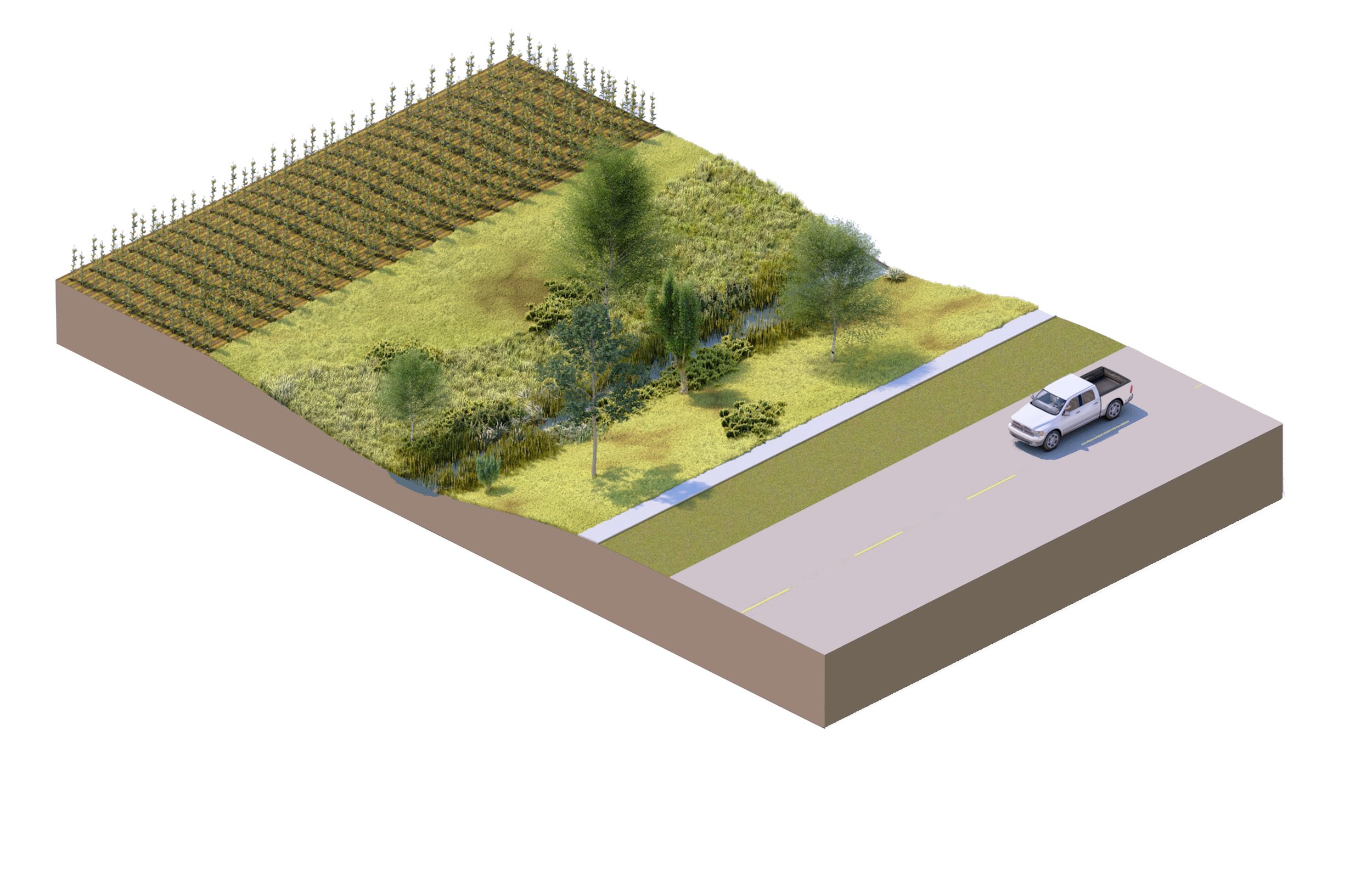
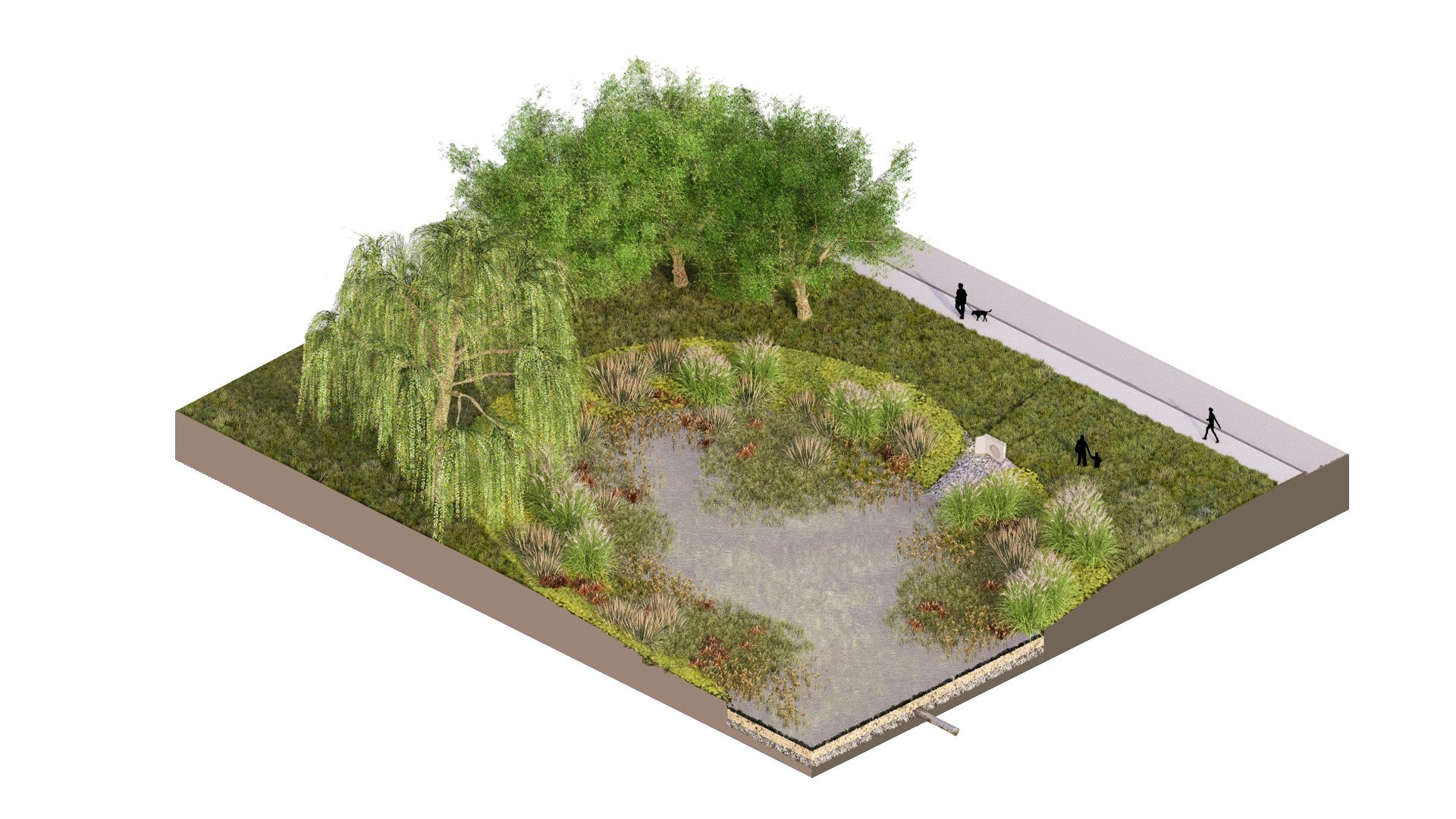


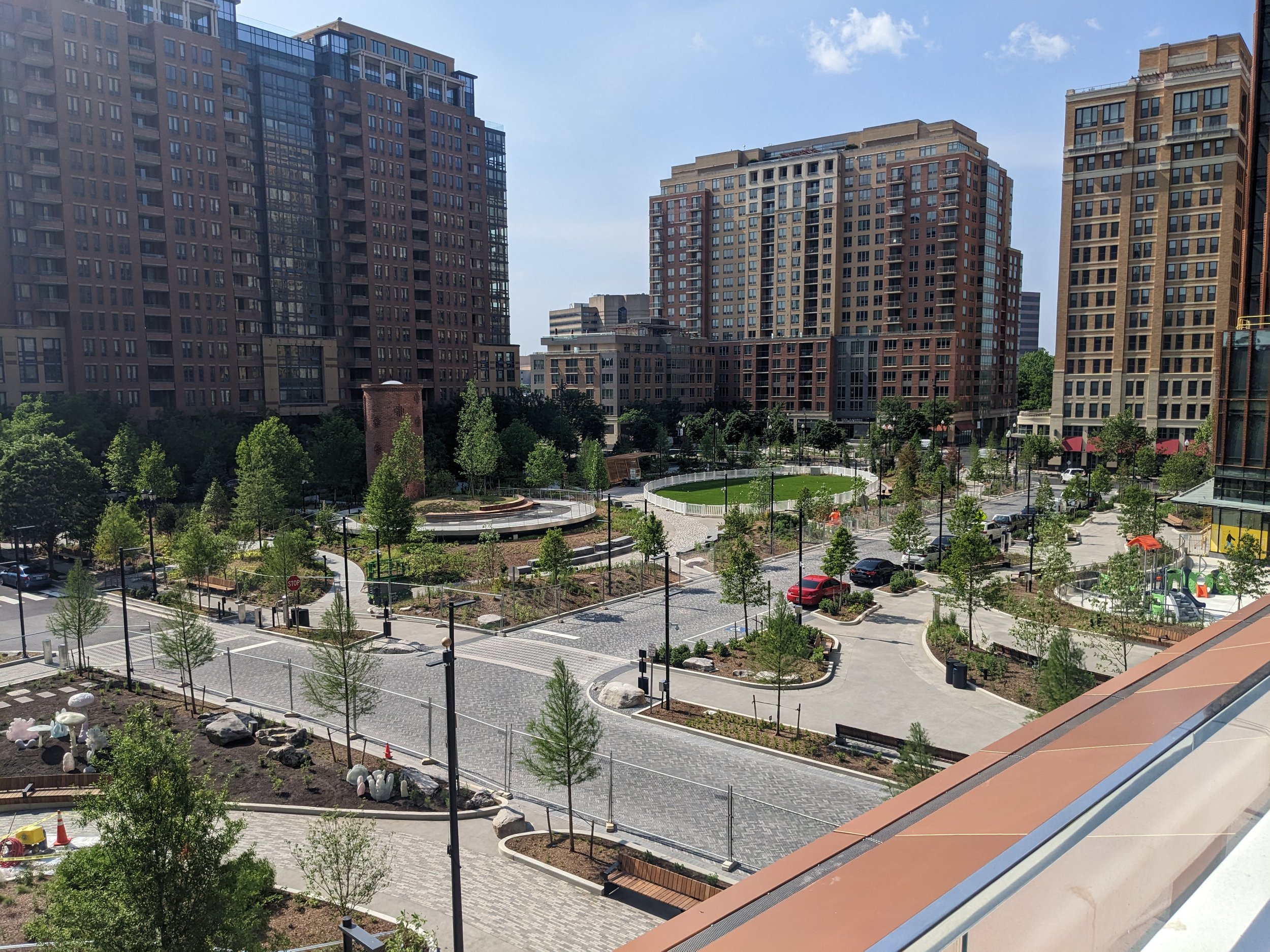
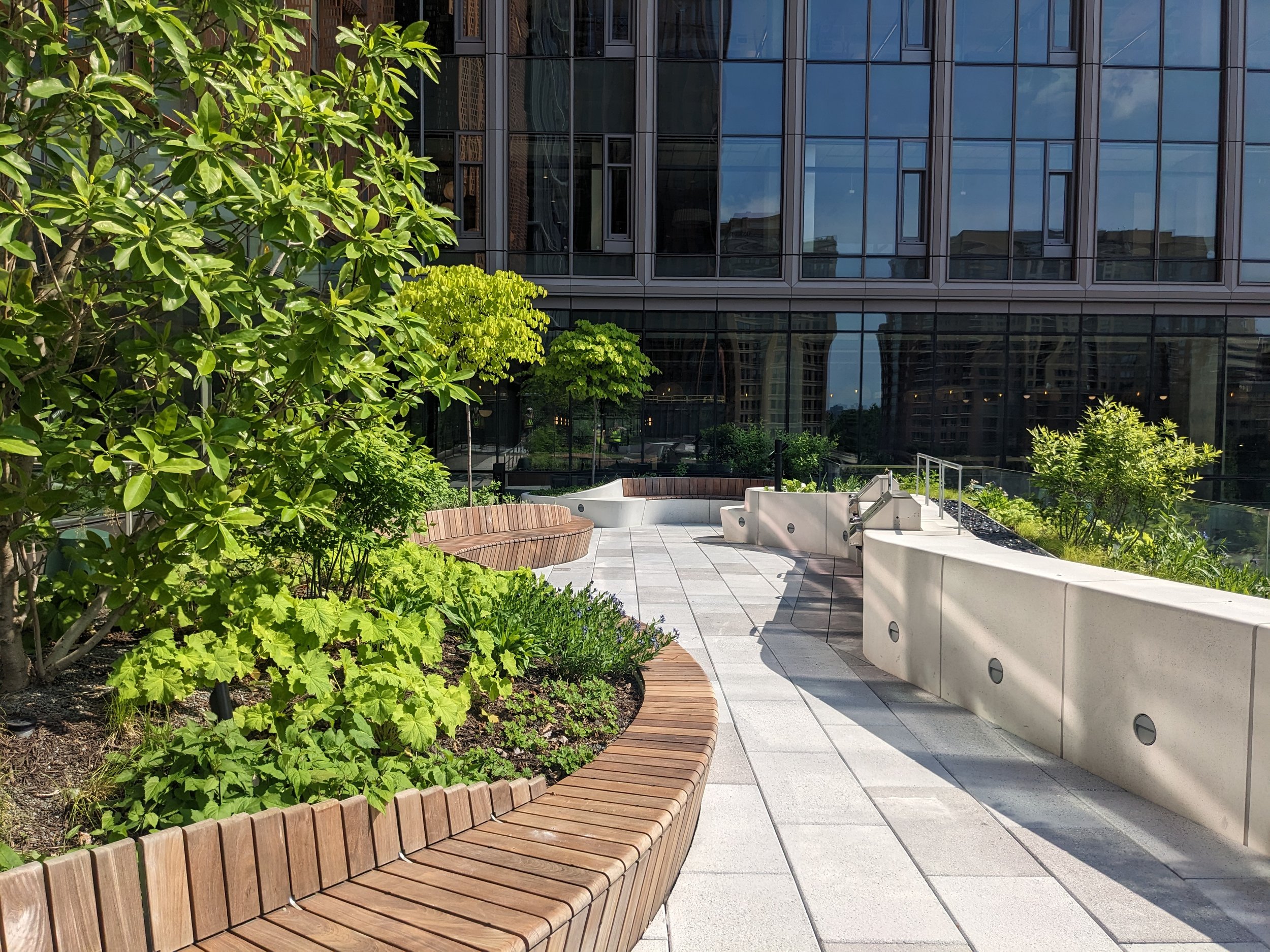
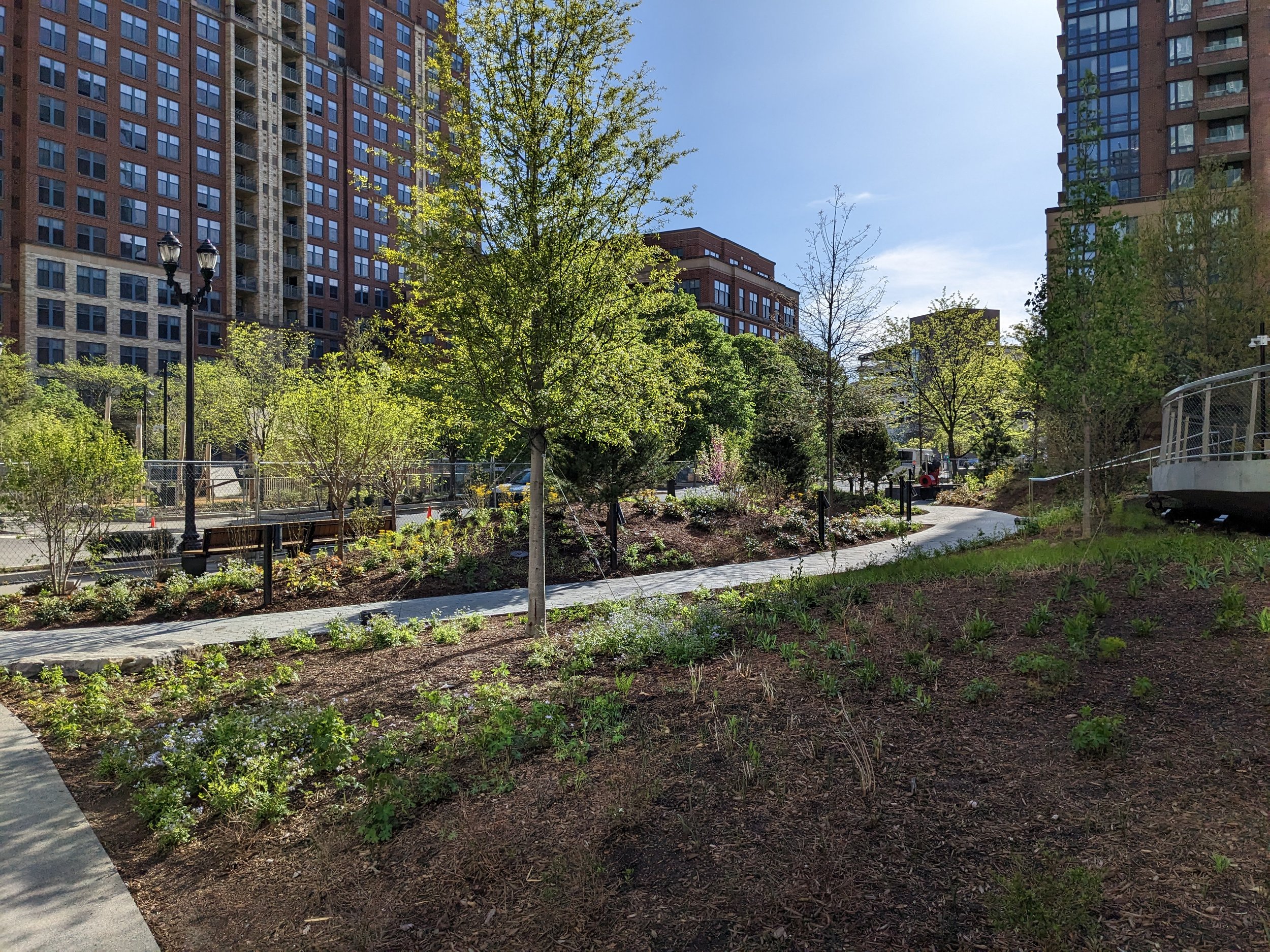
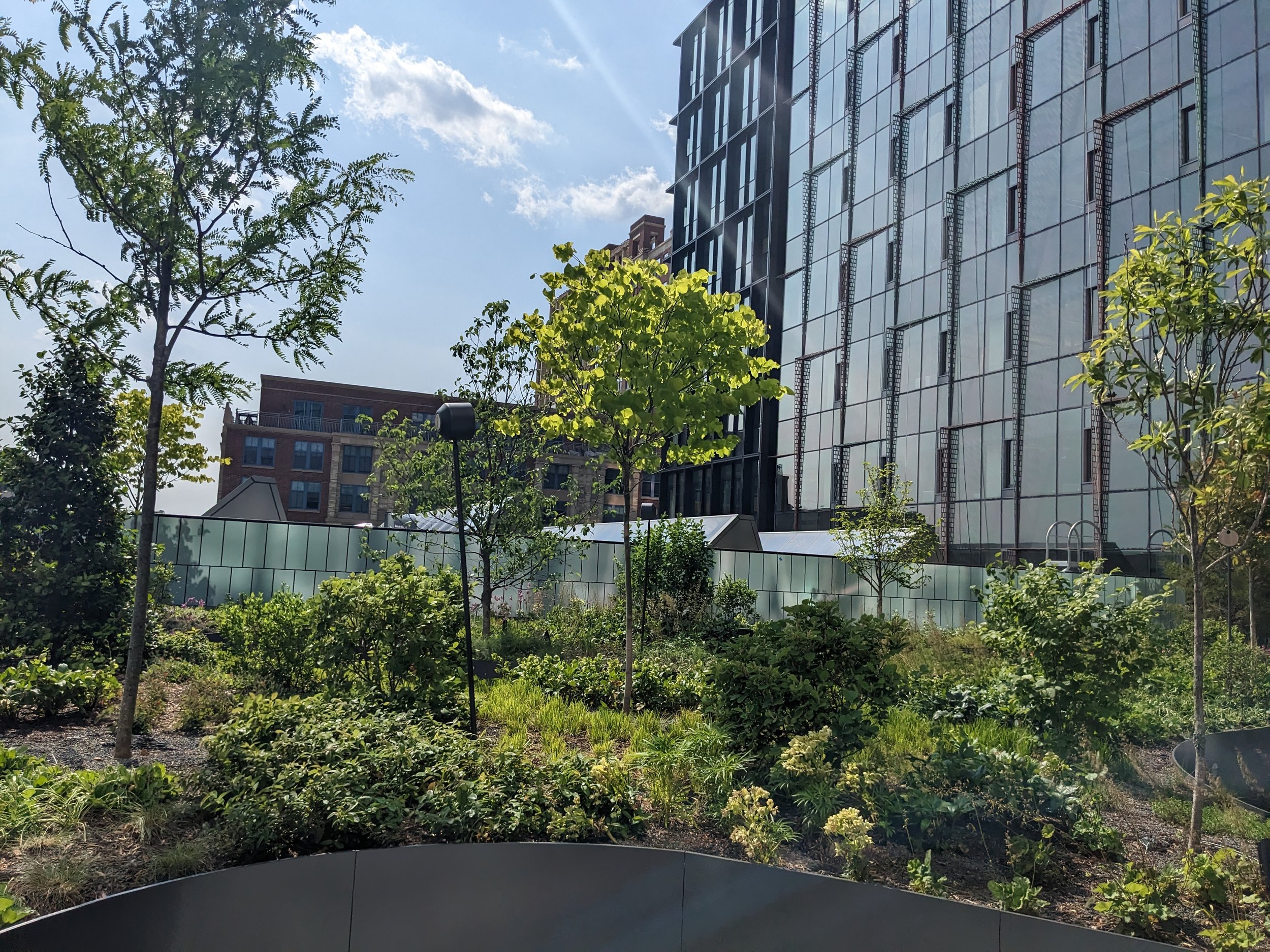
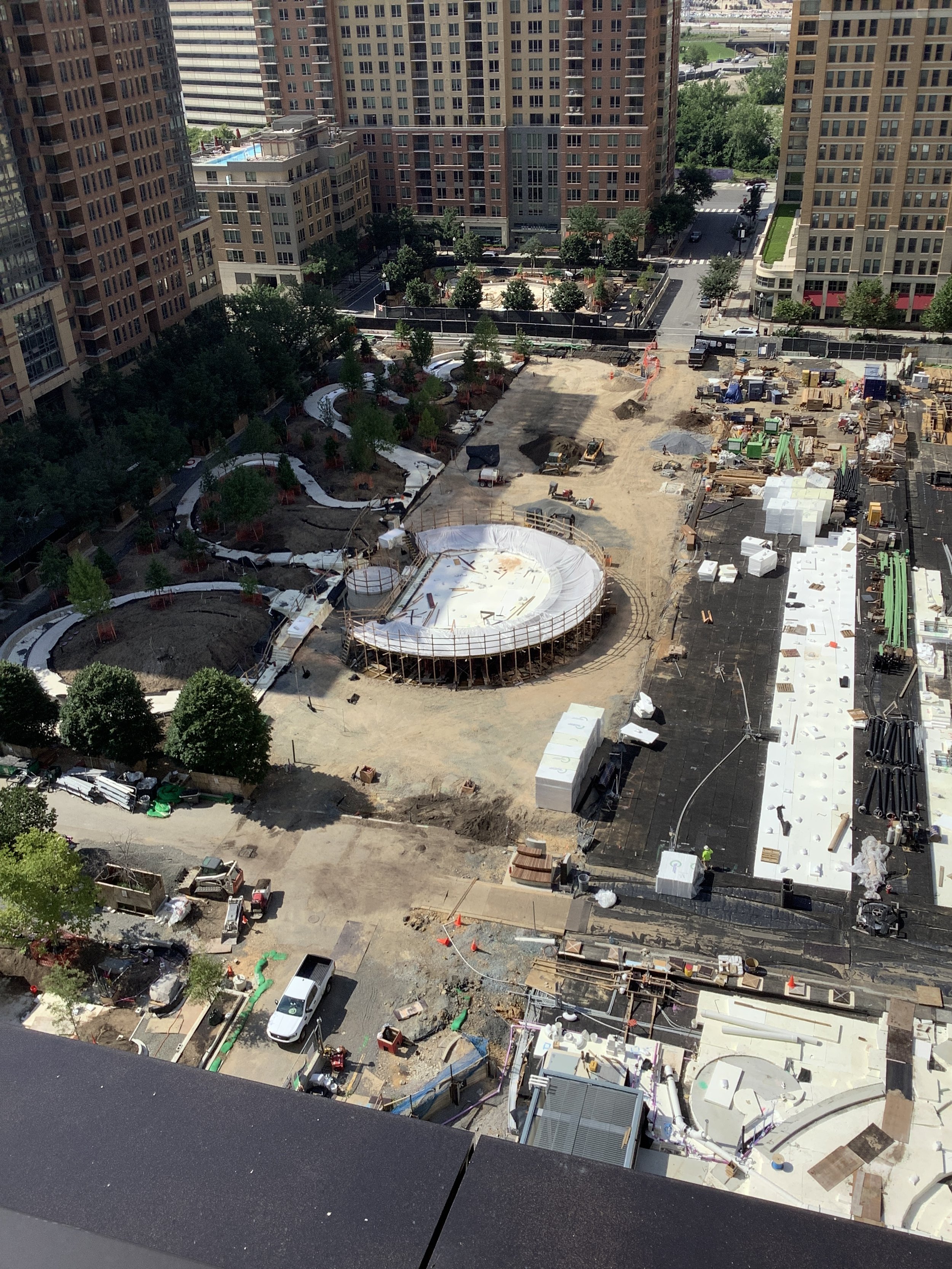

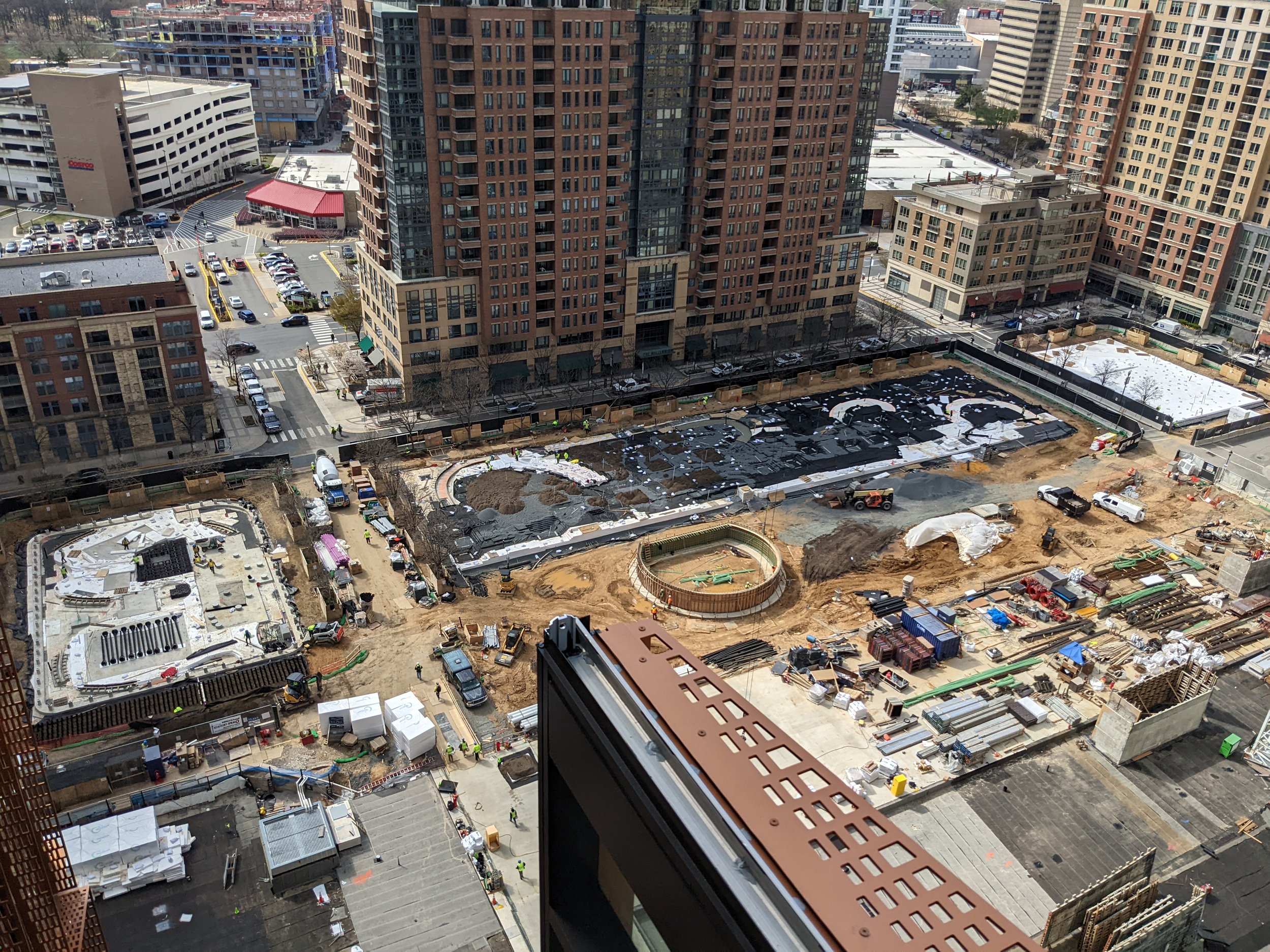
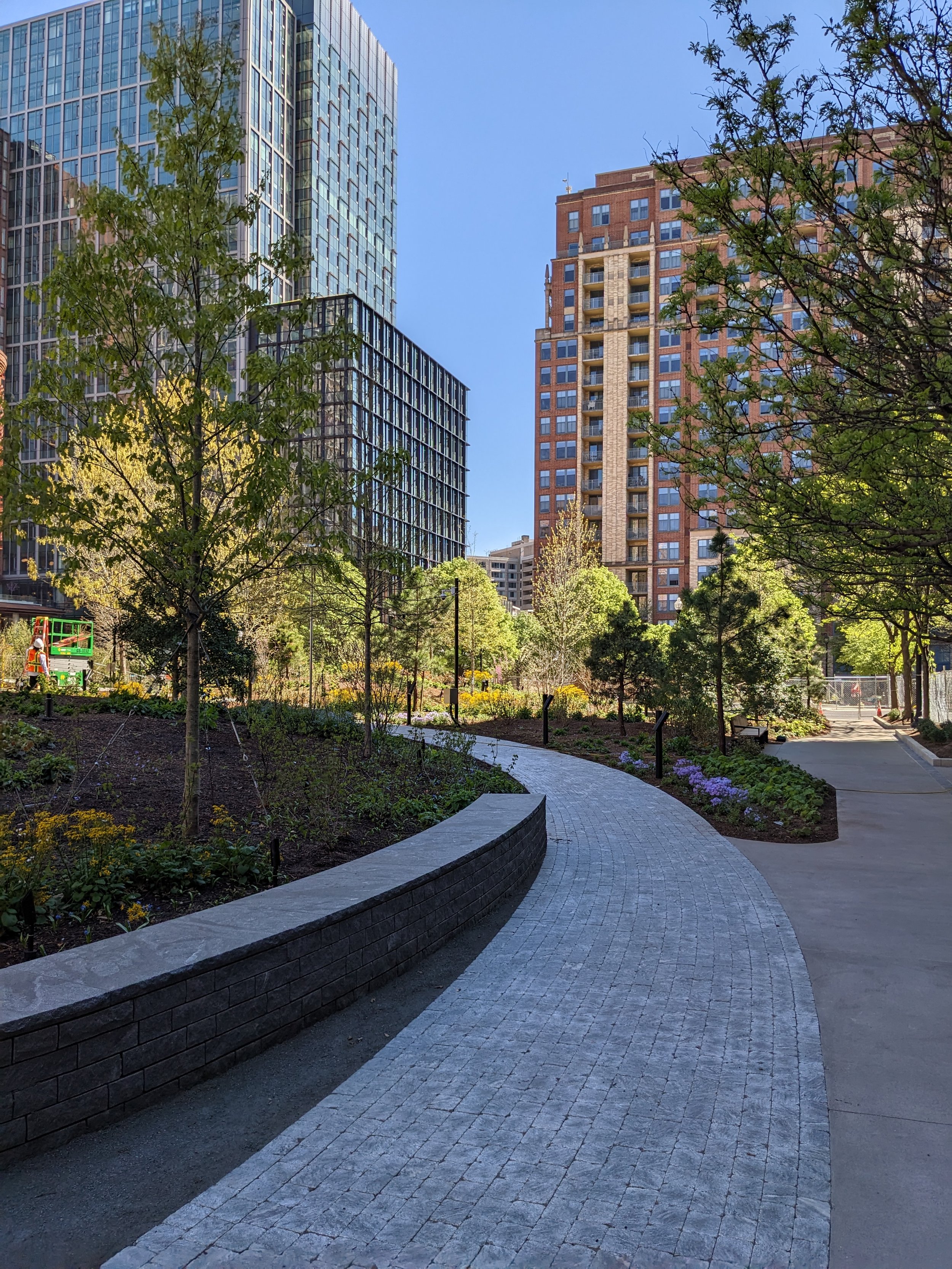
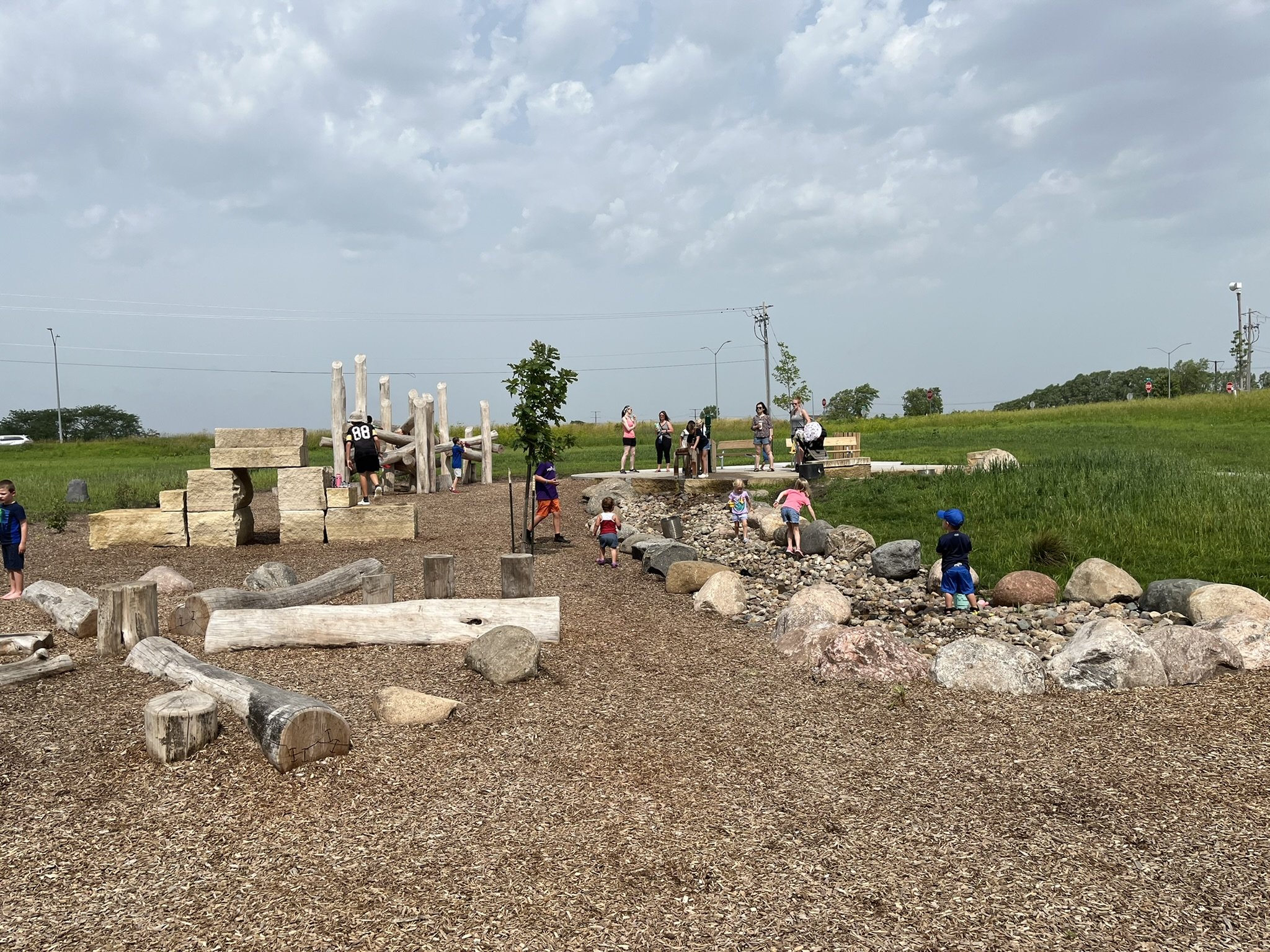

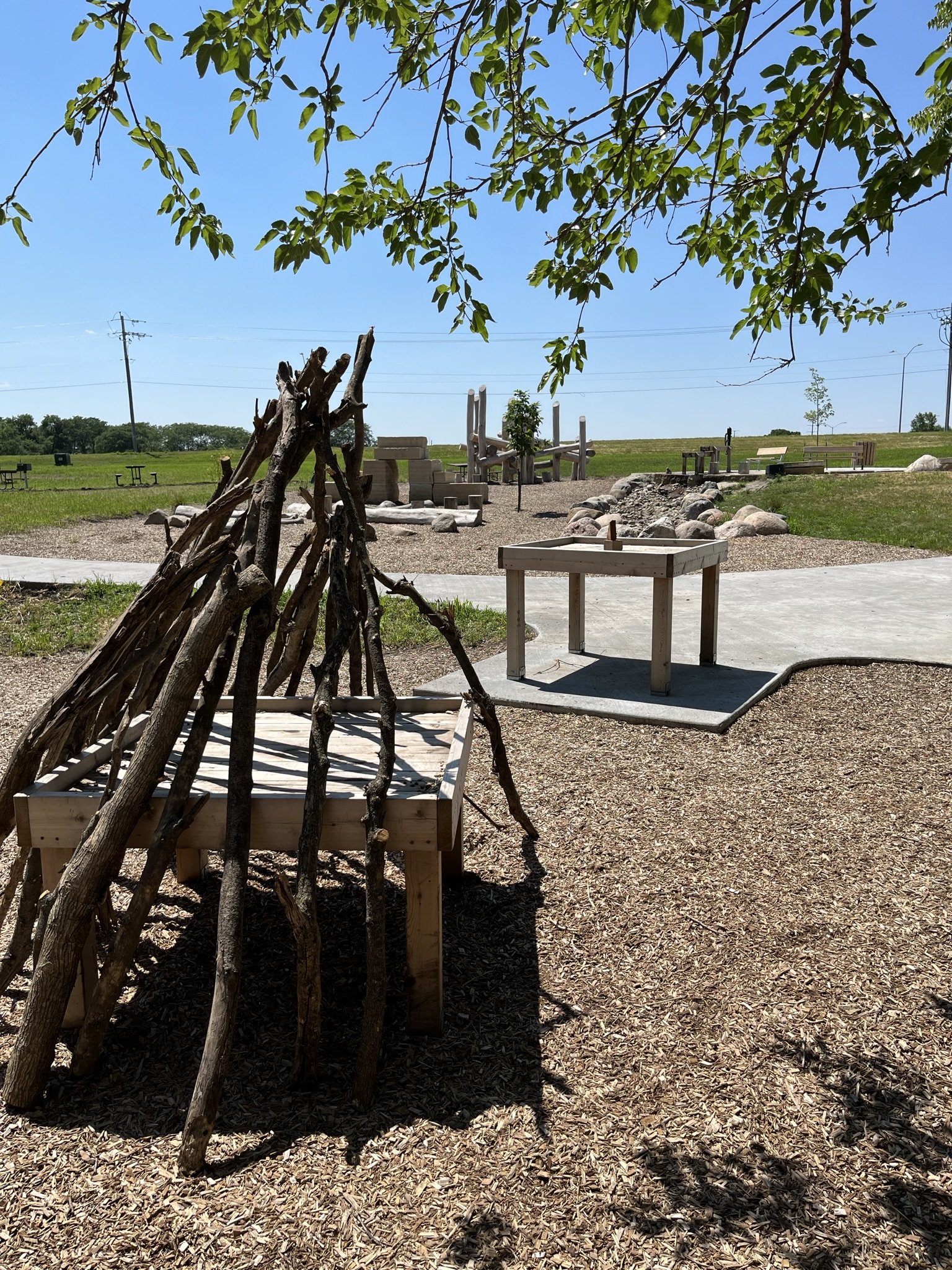
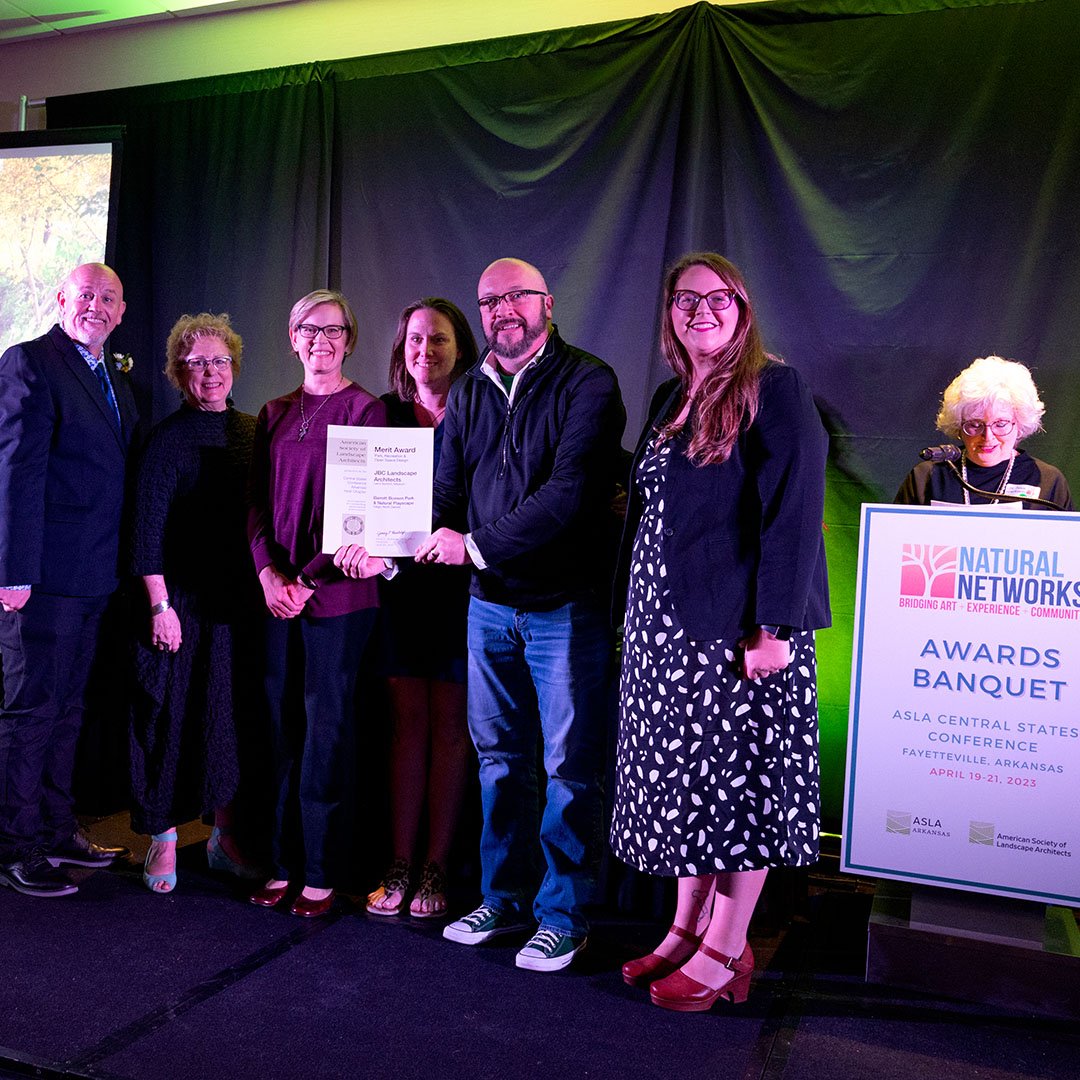
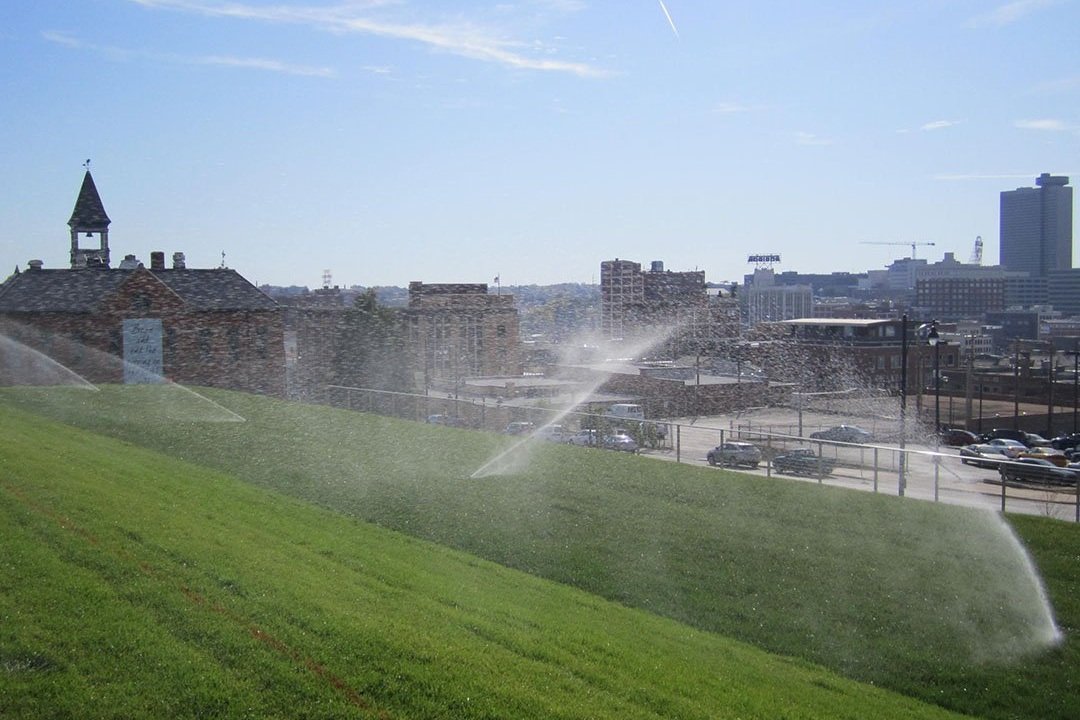
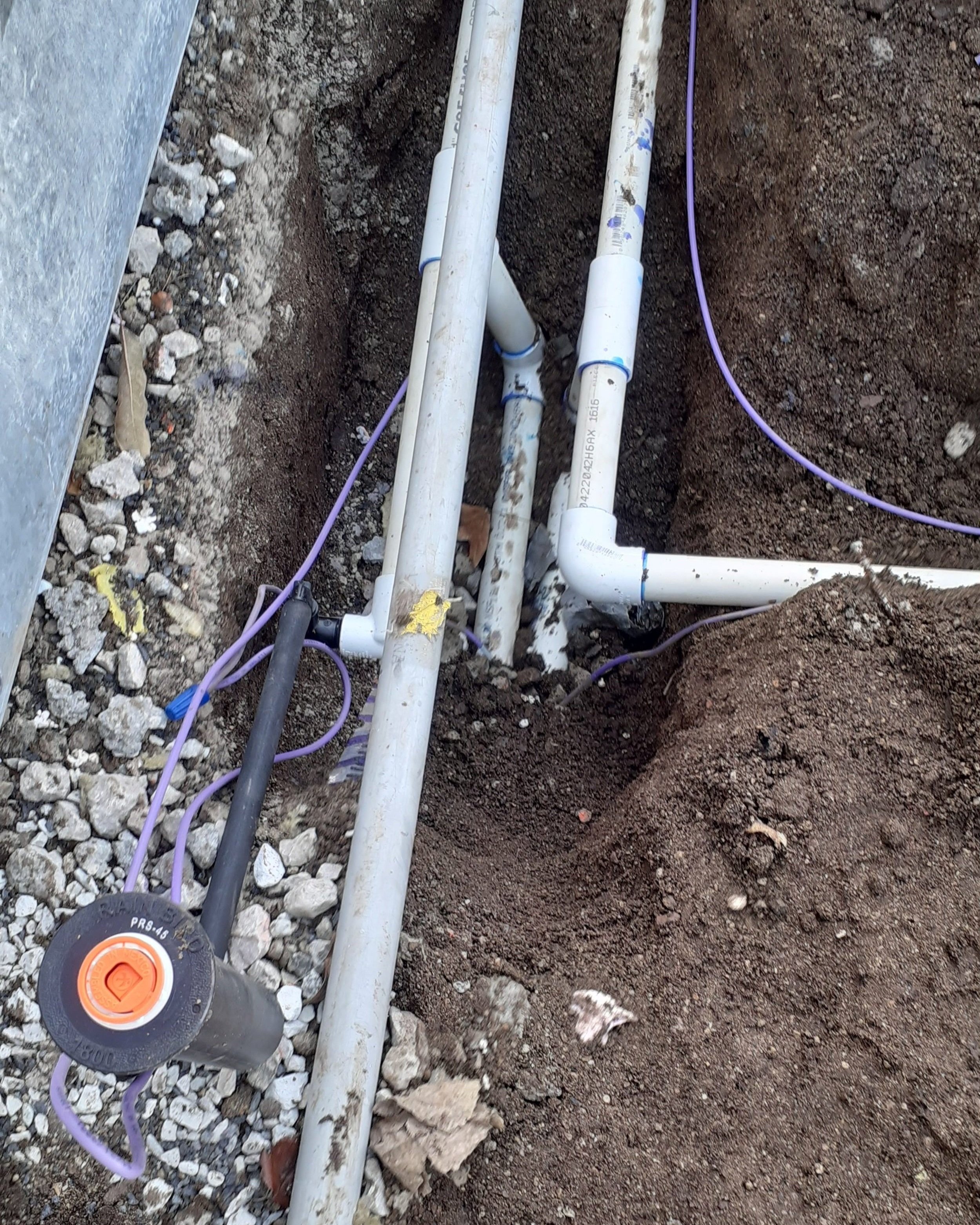
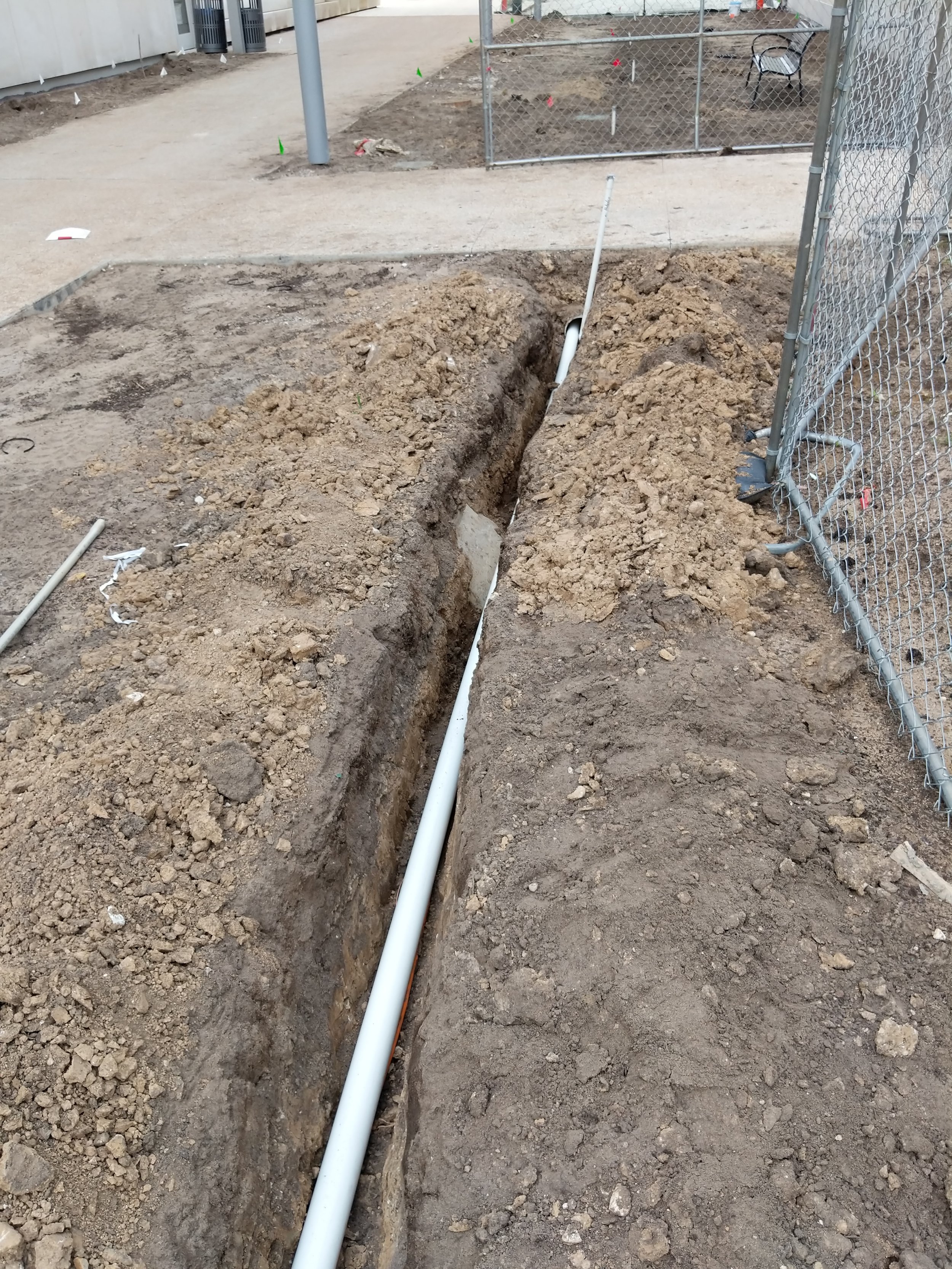
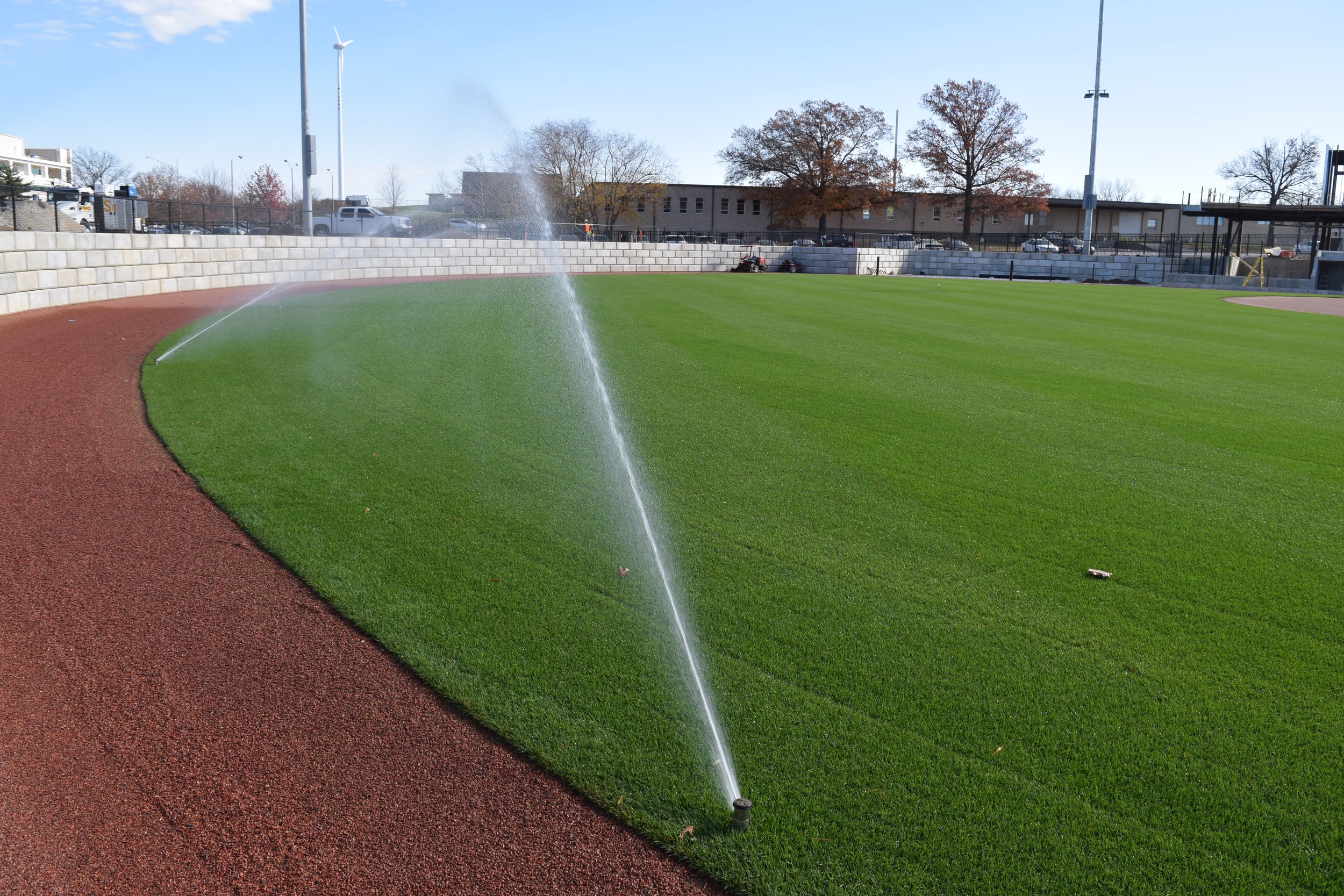
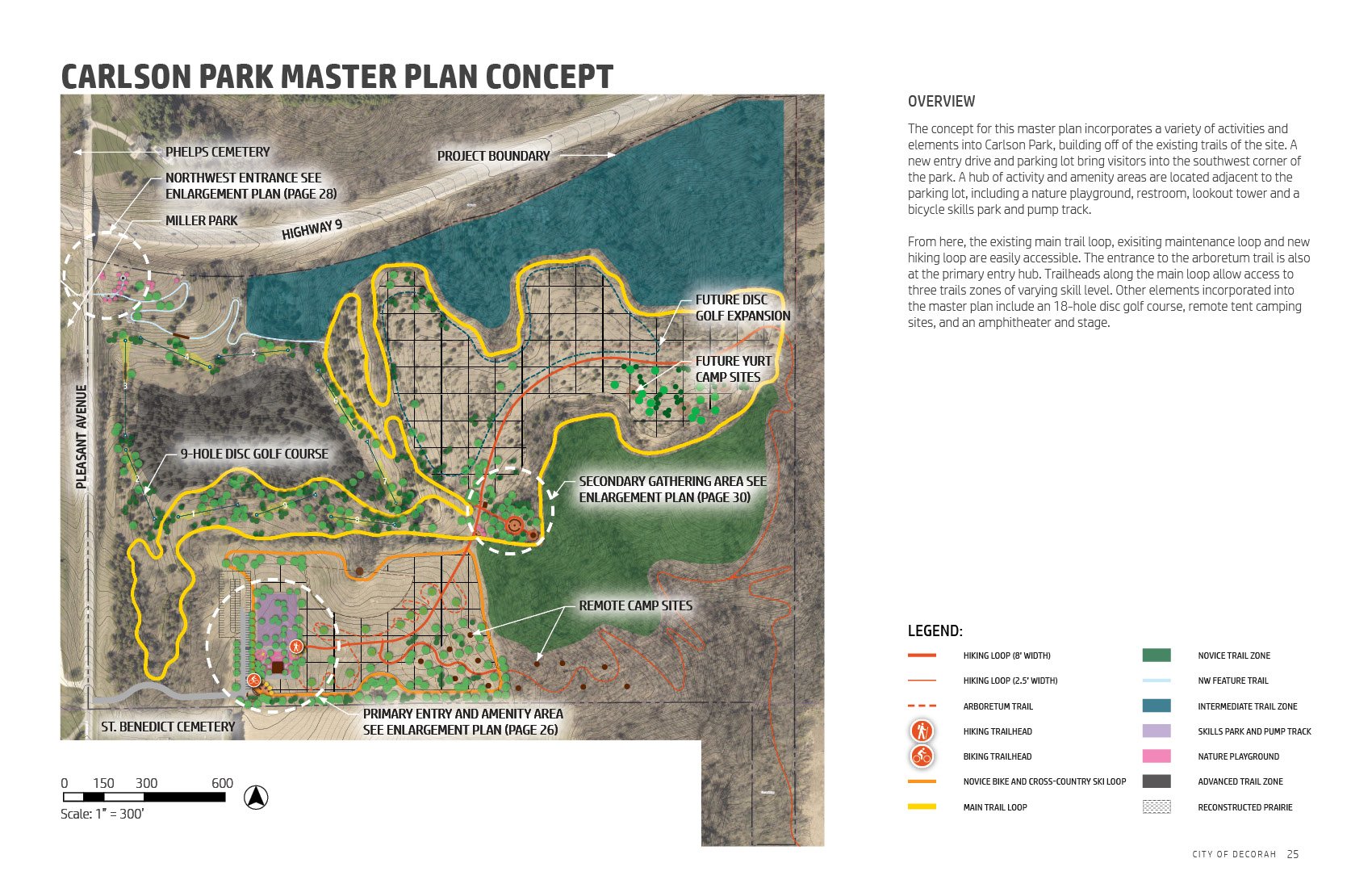
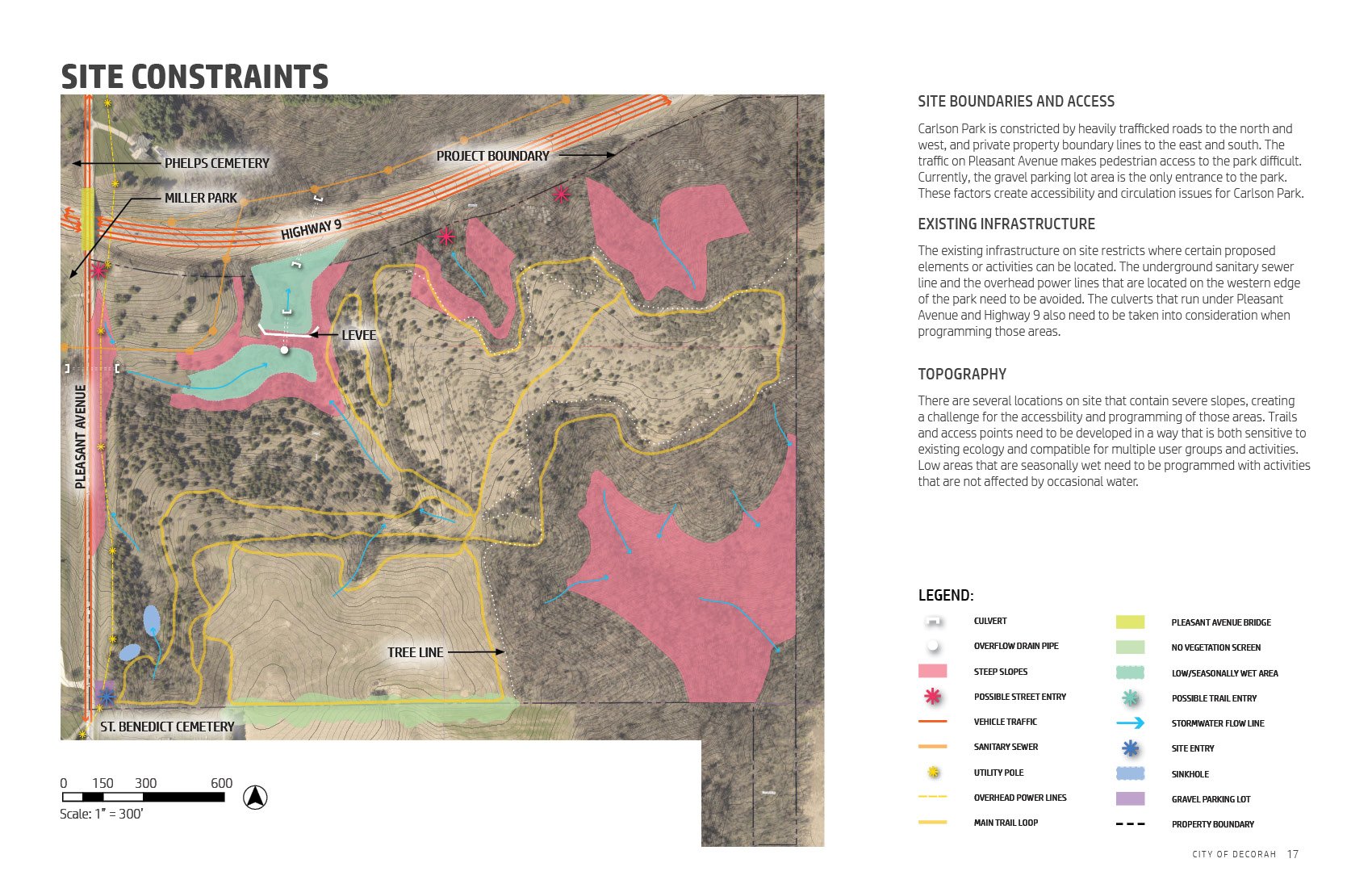
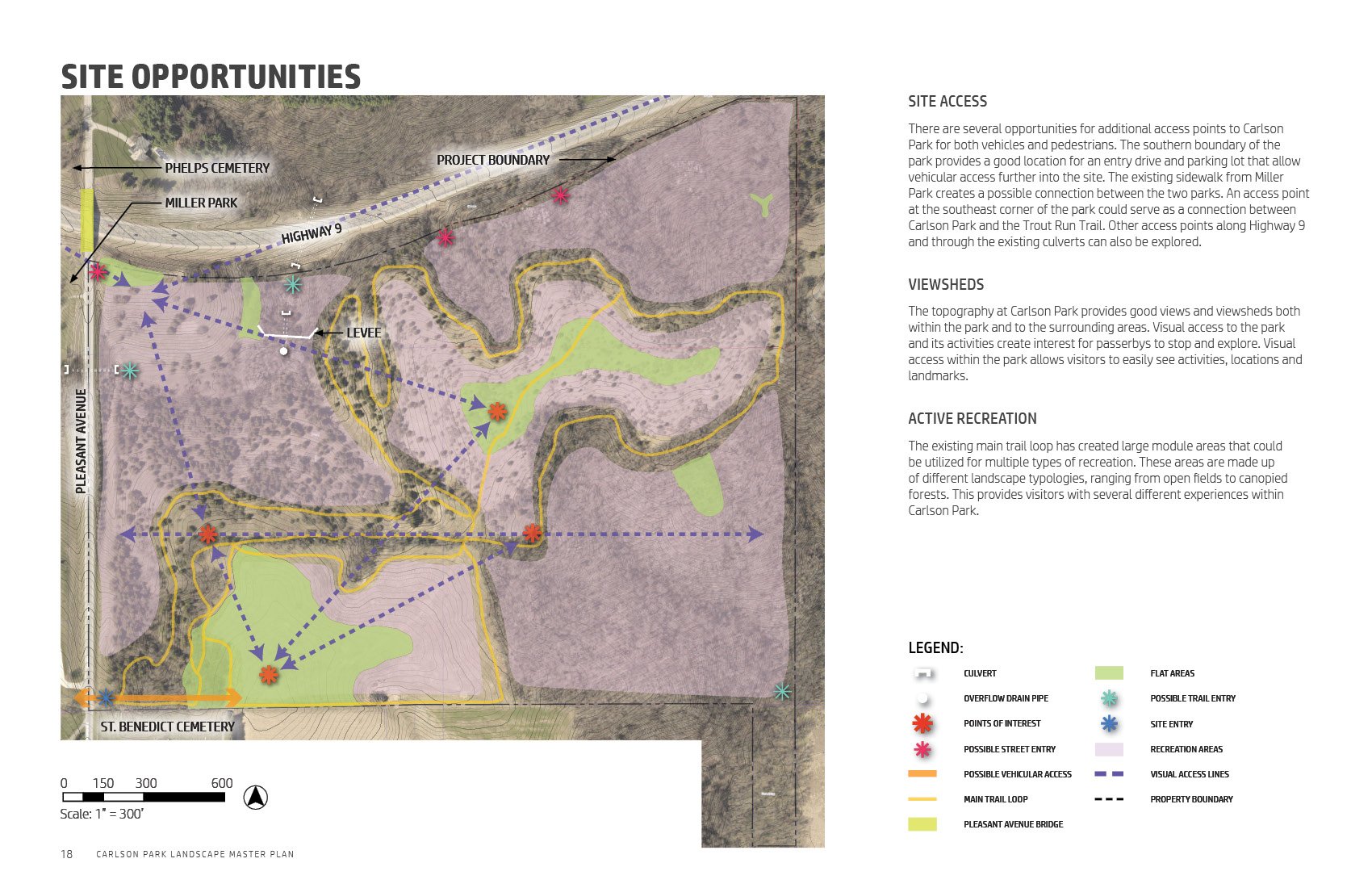

![Amenity Area Rendering [facing South].jpg](https://images.squarespace-cdn.com/content/v1/5b4fb581b27e395aa044f211/1683577977824-EU0607OUR62Y1KHKMROD/Amenity+Area+Rendering+%5Bfacing+South%5D.jpg)
